Interior partitions: varieties, materials and use in the interior
The interior partition to a greater extent acts as a decorative element, and not a protecting surface. It can also divide the room, cover the space, be transparent or deaf. Currently, there are absolutely no limits to imagination during repairs. It all depends on the financial possibilities, the chosen interior concept and the preferences of the owner. The article will consider the technological characteristics of the interior partitions, their positive and negative sides, the cost and the possibility of installing it yourself.



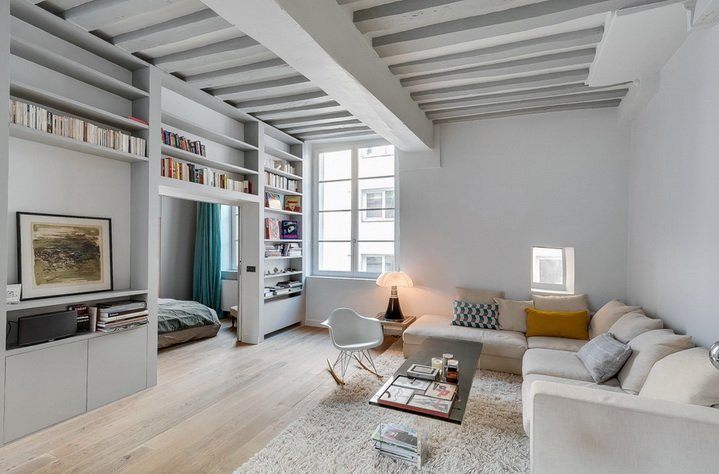

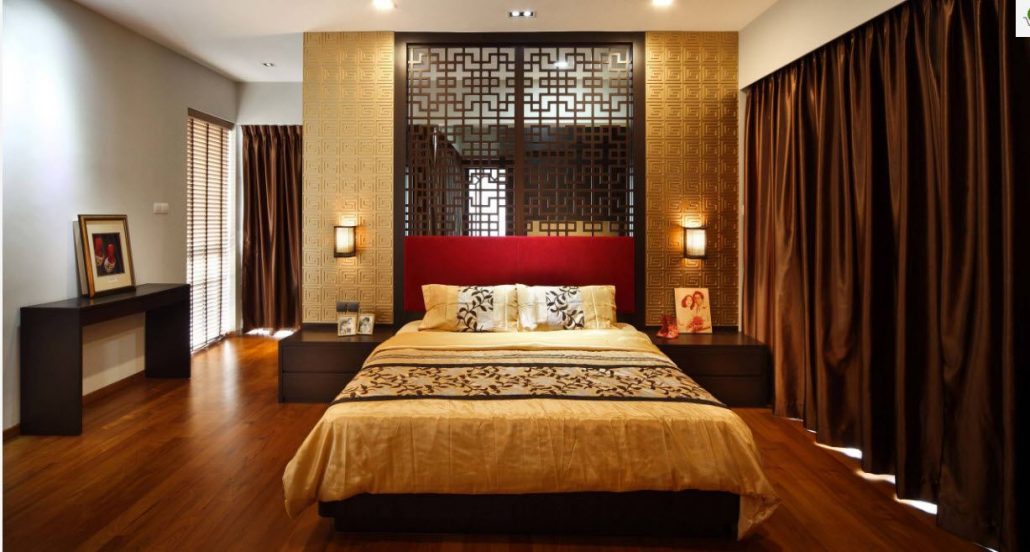
Materials for the manufacture of interior partitions
The material for the interior partition is selected depending on its intended use and the function it performs:
- tree (branches, twigs, vine, bamboo);
- acrylic;
- polycarbonate;
- metal;
- expanded clay concrete blocks;
- aerated concrete blocks;
- glass;
- glass blocks;
- drywall;
- brick;
- combined materials.
Brick partitions
The ideal material for the construction of the capital partition is a brick (clinker, solid, hollow). By its characteristics of sound insulation and strength, this material is unrivaled.
On such interior partitions, you can safely hang shelves, massive cabinets, as well as various massive structures. If this design is made of hollow brick, then such a solution will reduce the load on the floor by about 20-30%, but the sound insulation will decrease by the same amount. Due to the heavy weight of the brick, consultation with specialists is necessary when erecting interior partitions of this material in apartment buildings, as well as on the upper floors of private dwellings.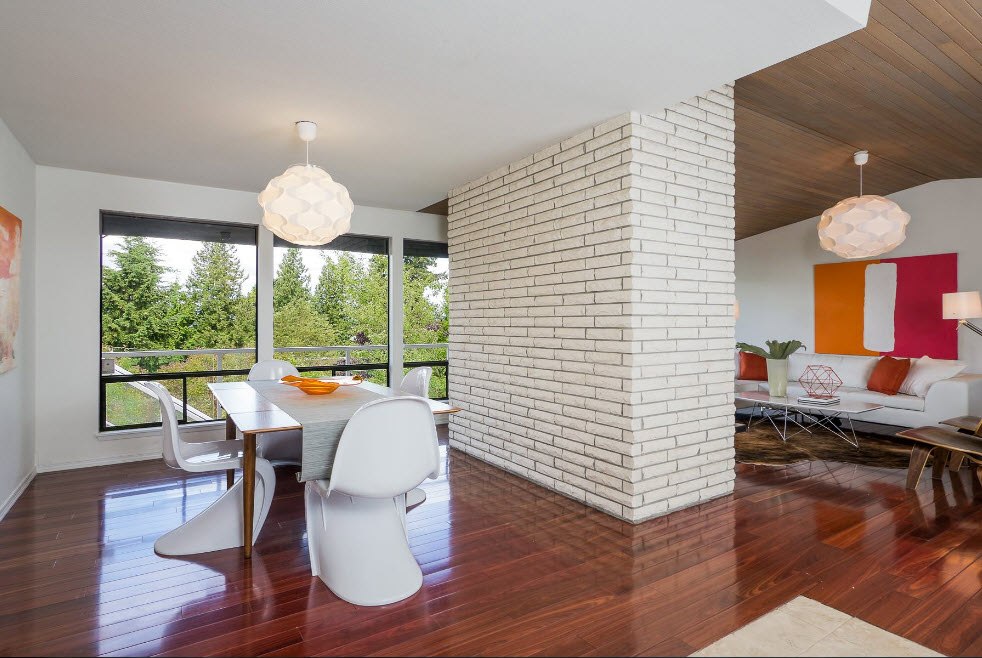
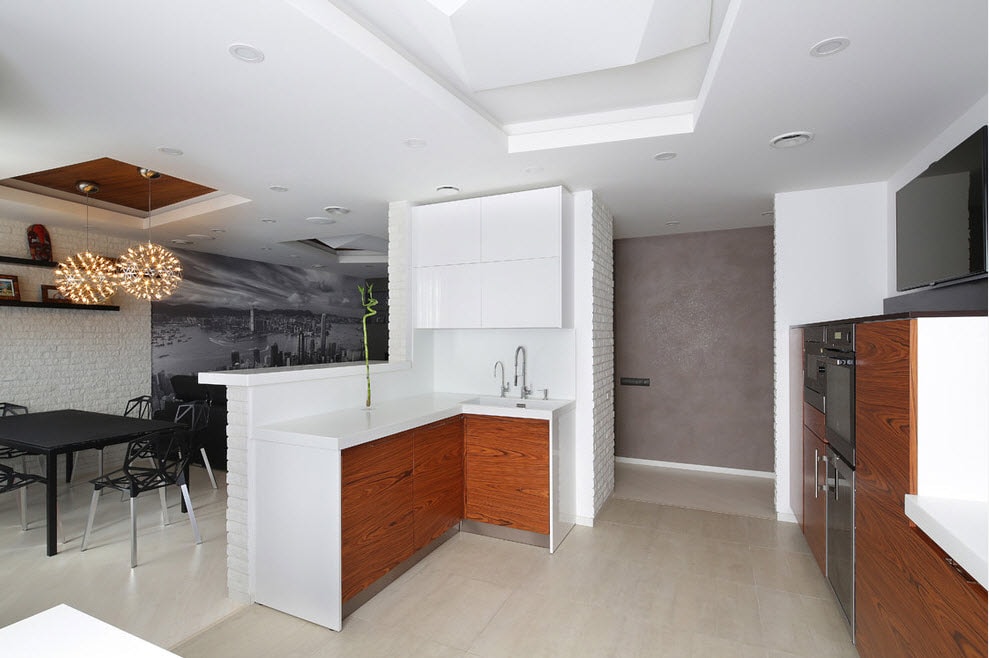
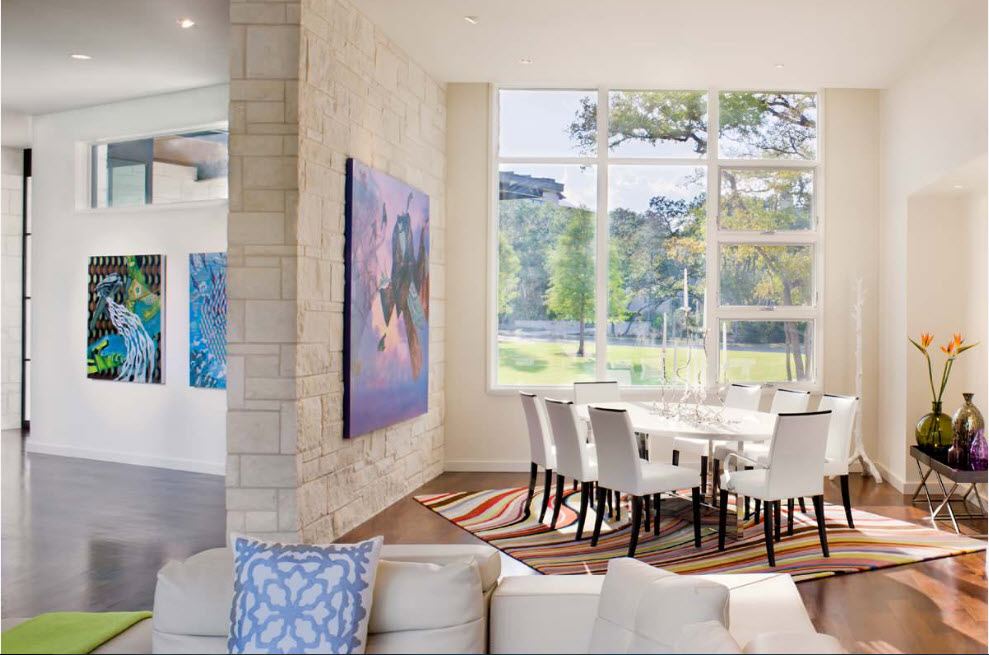
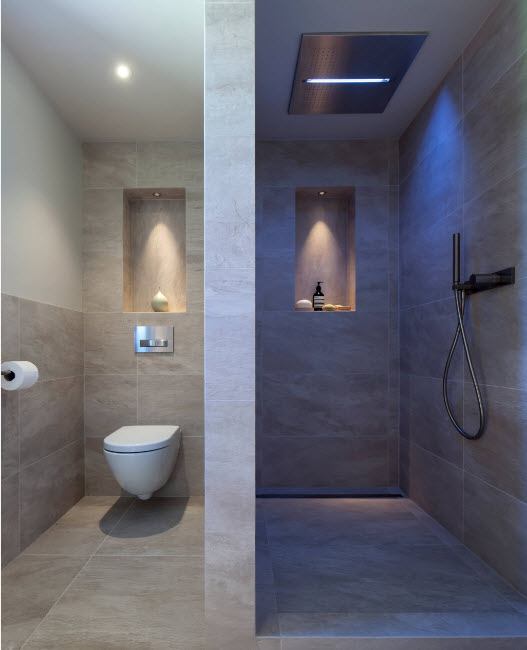
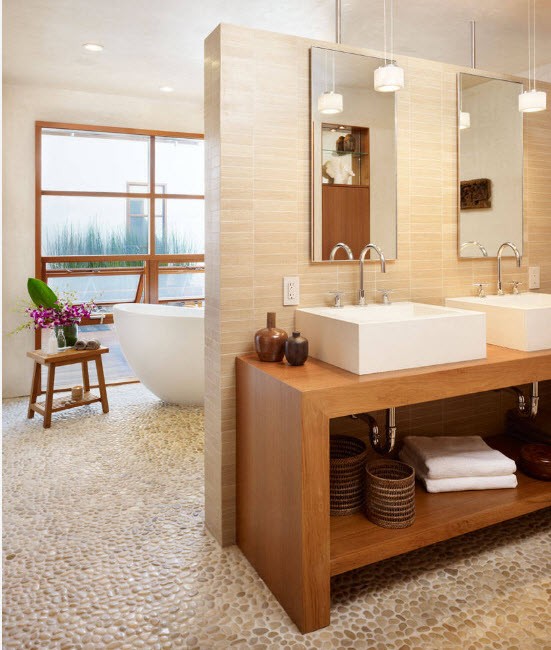
Brick interior partitions - not a cheap, time-consuming task that requires further processing. After masonry, it should be plastered, papered or painted. Clinker brick partitions are left not plastered as decoration. But this material is more expensive than ordinary brick. 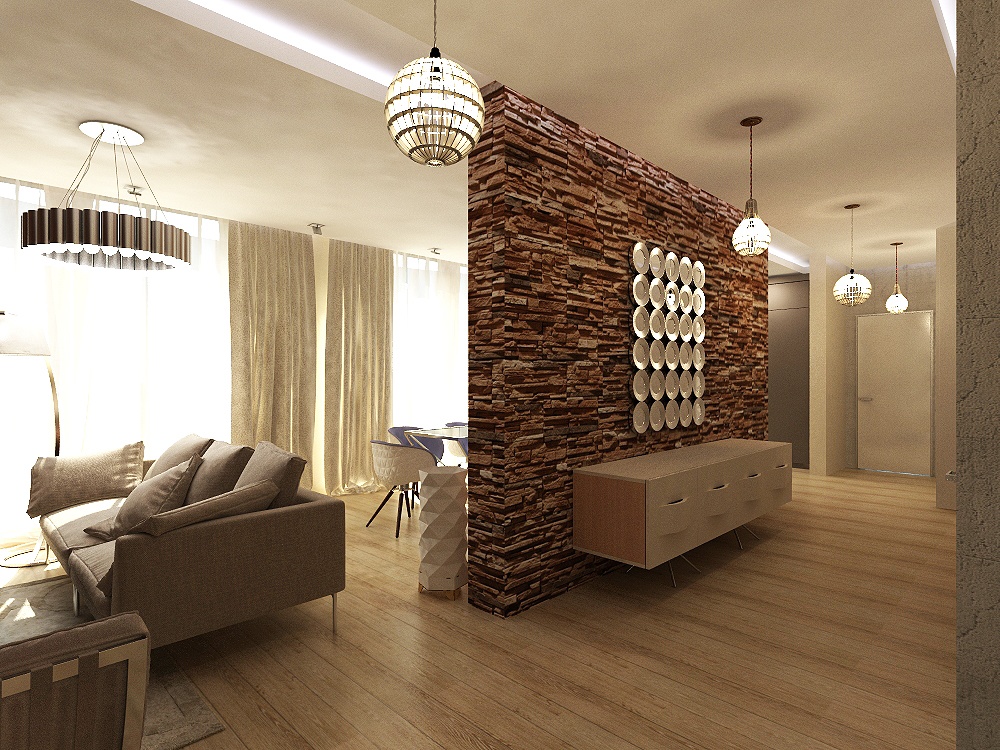
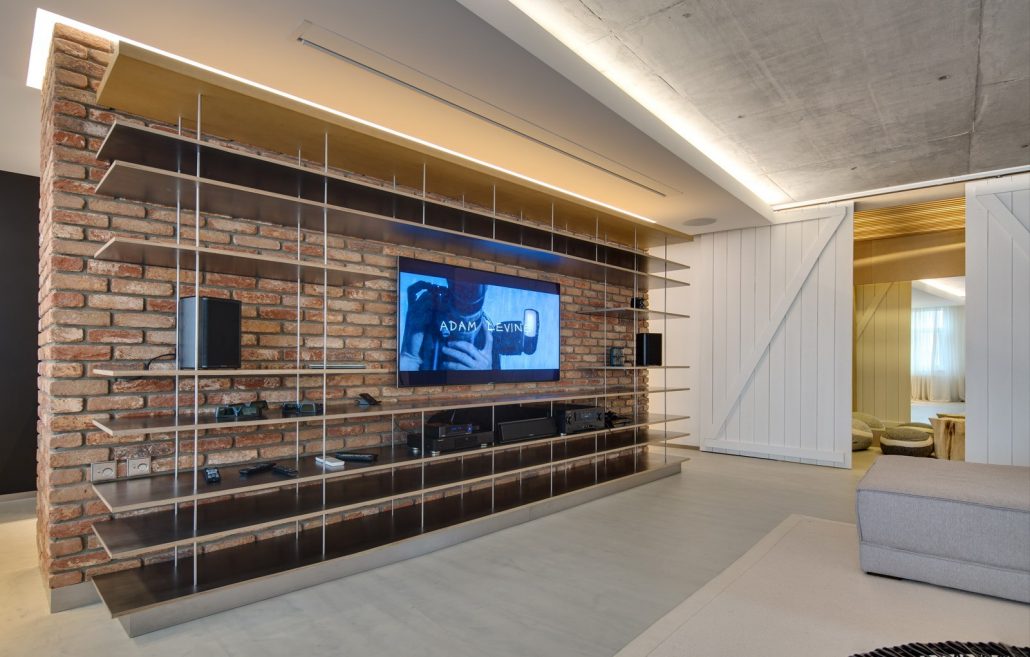
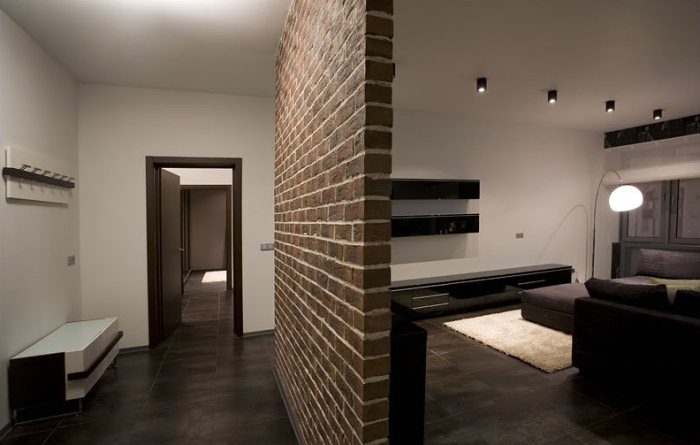
Ceramic brick walls
It is possible to make interior partitions 11.5 cm thick from ceramic brick. It is faster and cheaper. This material provides the necessary level of sound insulation. As a rule, such walls after erection are plastered. When mounting hinged shelves and cabinets, it is recommended to use special spring pins that are designed for porous walls.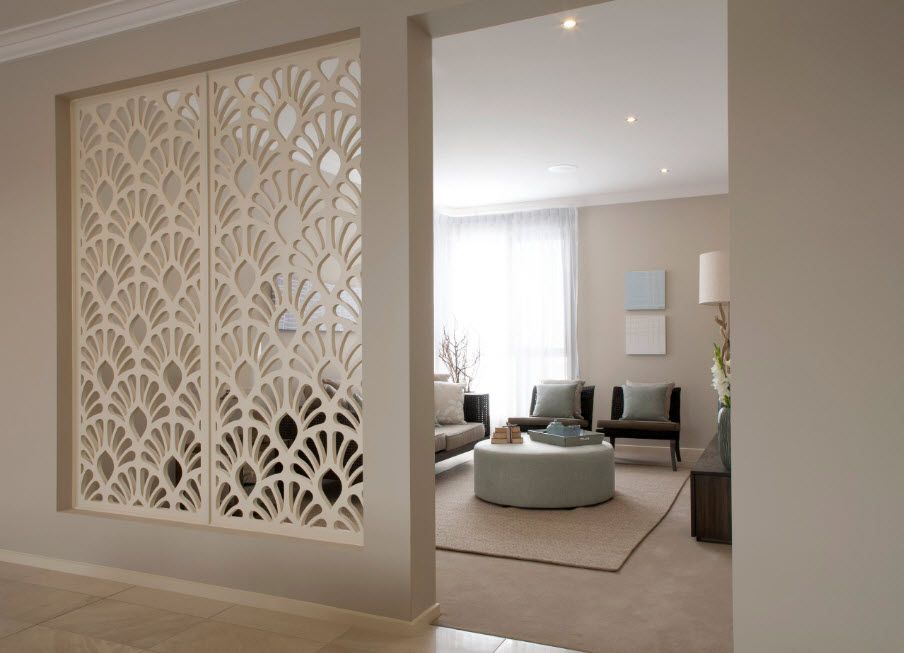
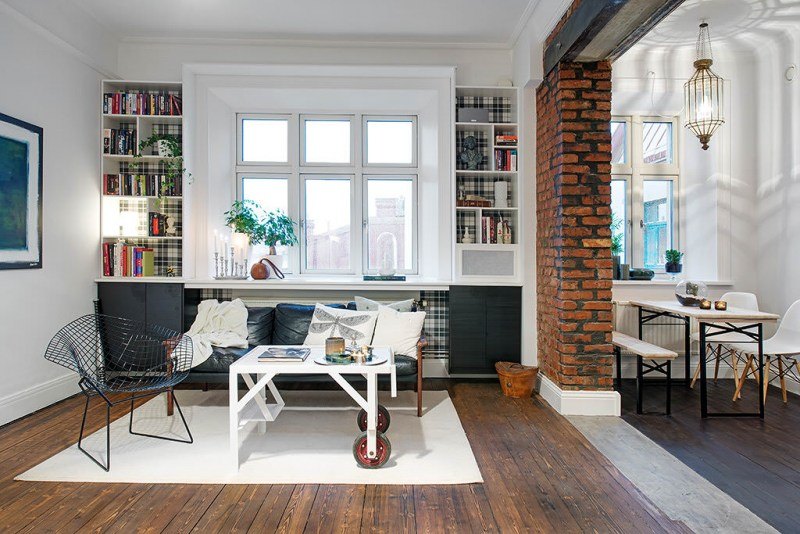
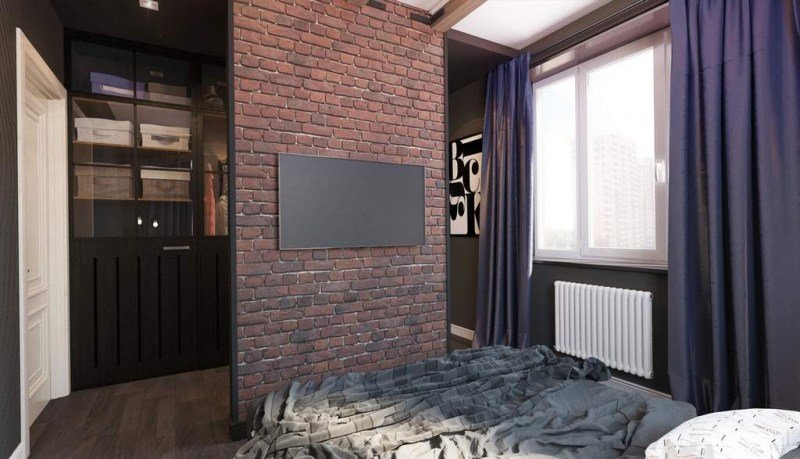

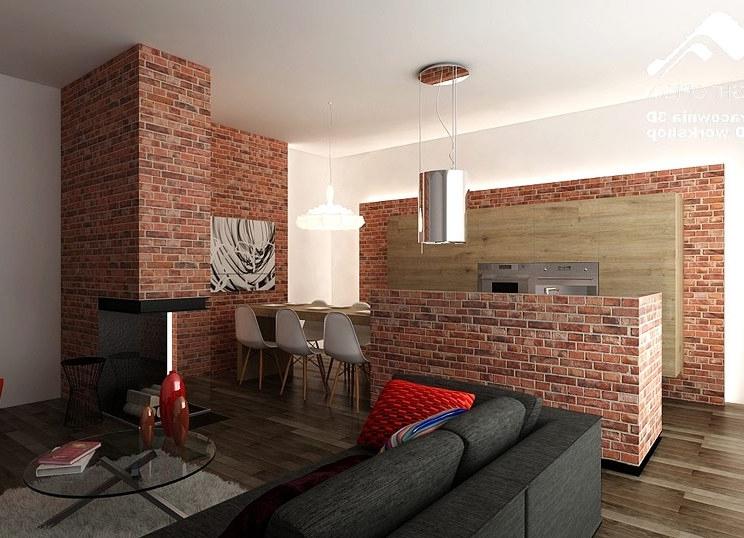
Partition from glass blocks (luxers)
If it is necessary to preserve the penetration of light into different corners of the space of the room, partitions are made of glass blocks. It turns out a durable, wear-resistant and durable wall.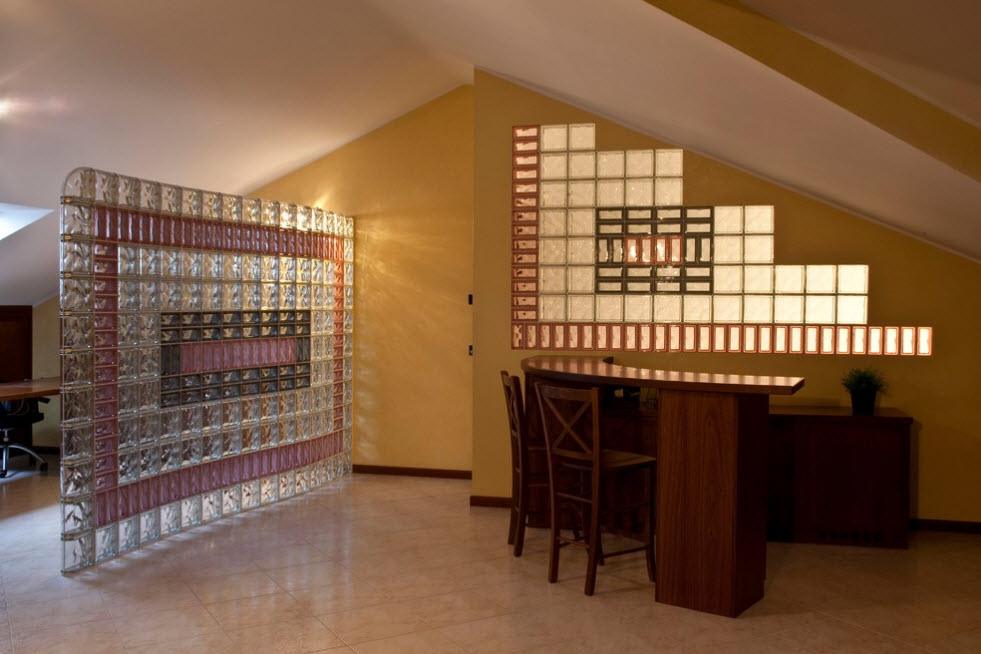
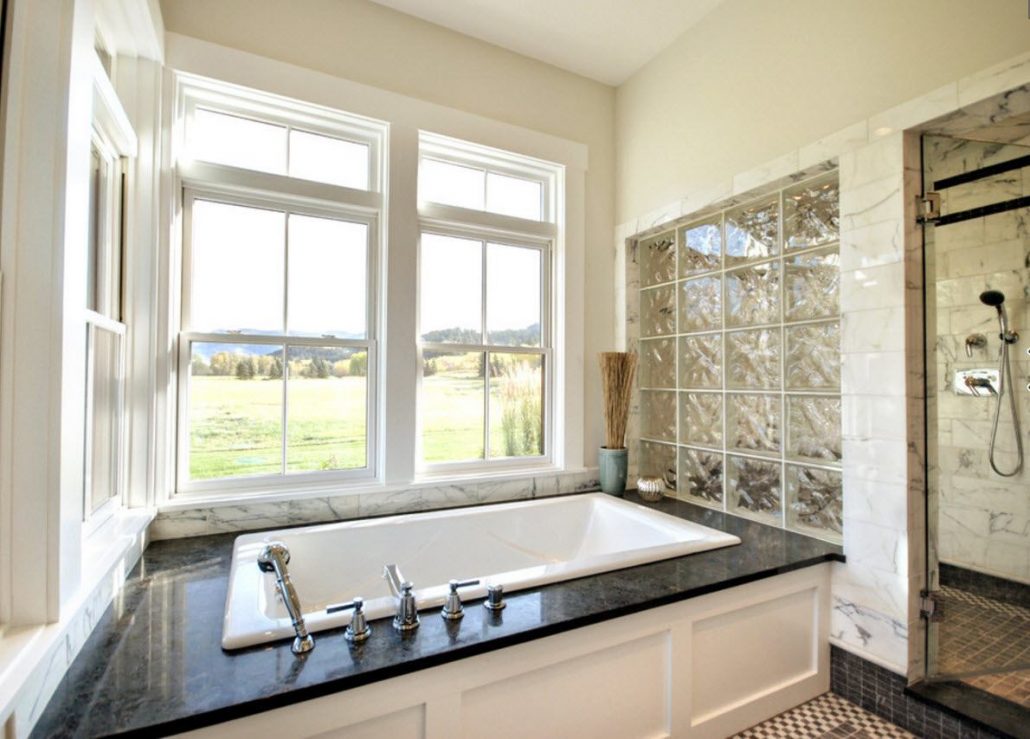

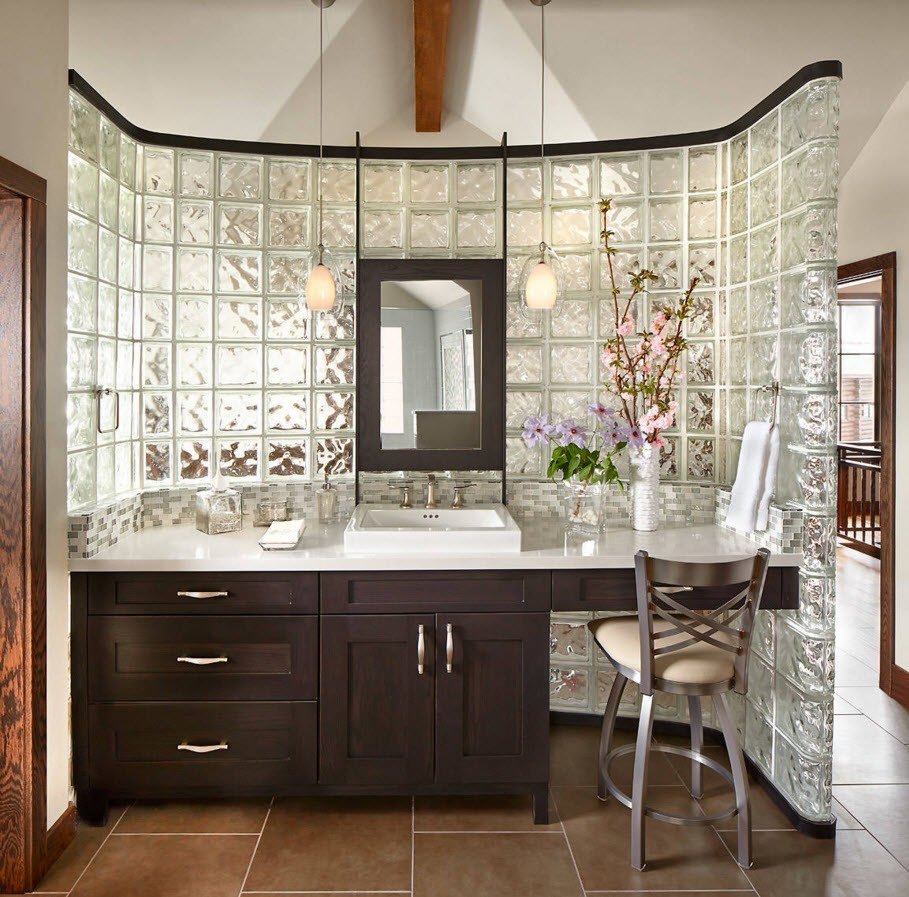

Interior wall of aerated concrete blocks
Aerated concrete blocks are the best choice when erecting an original interior partition with niches and holes, as well as smooth lines. In the creation of walls of various shapes, this material has high flexibility.
The soundproofing properties of aerated concrete are much worse compared to bricks. And if this property is not predominant, then with their help you can quickly create the necessary interior partition.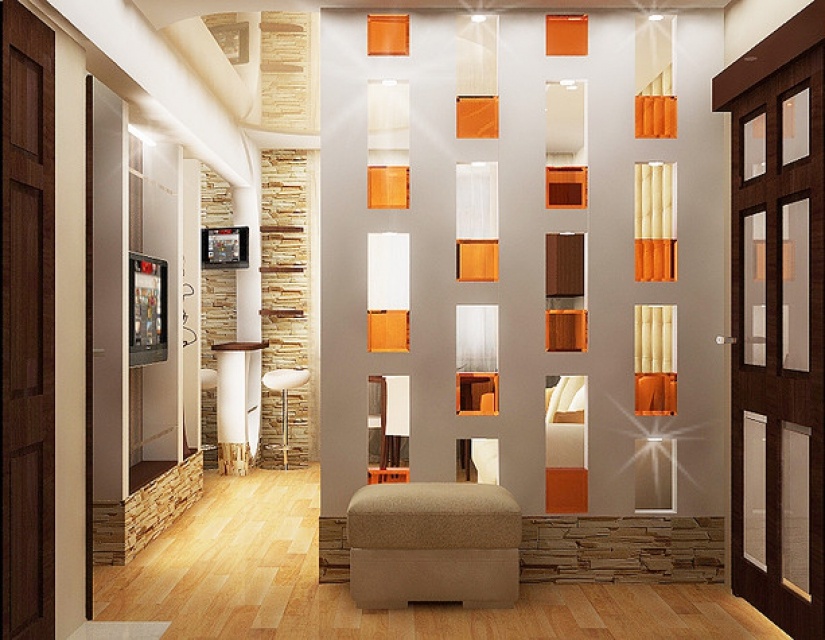
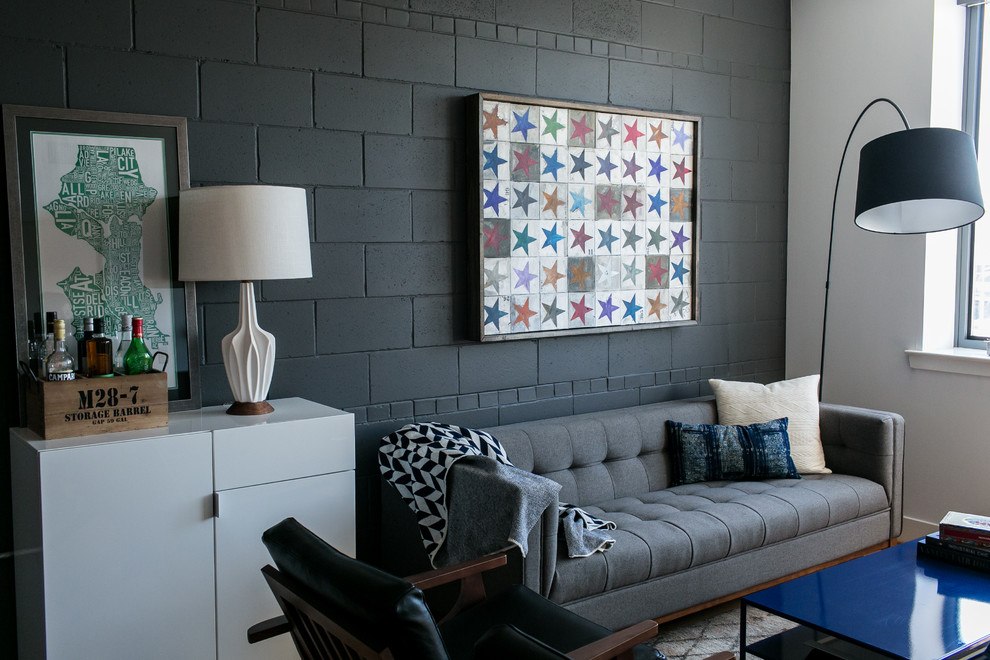
Drywall partitions
This is an excellent material for the construction of interior partitions of various shapes and sizes. It is recommended to use moisture-resistant drywall, which is able to absorb and return moisture contained in the air without destroying the structure.
Do not hang heavy objects on drywall walls. And if you need to do this, then use metal profiles.In addition, such material does not withstand strong shocks.
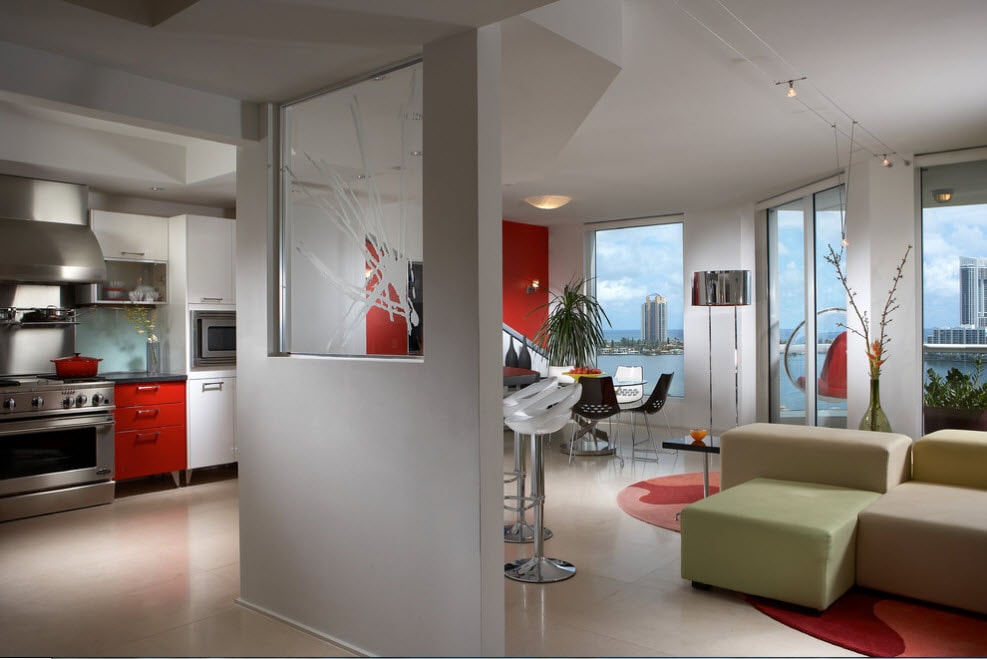
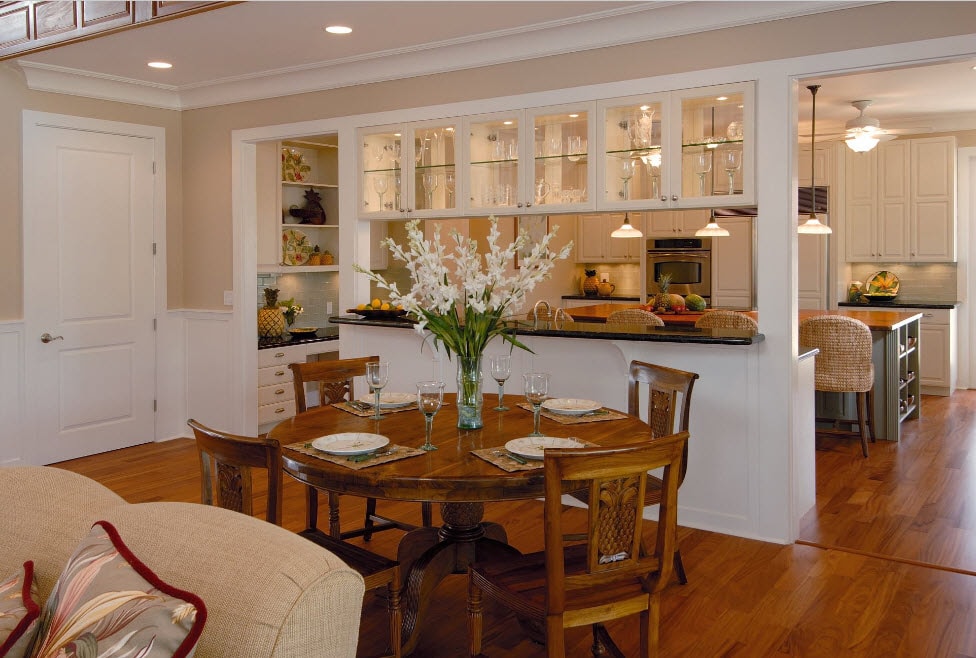

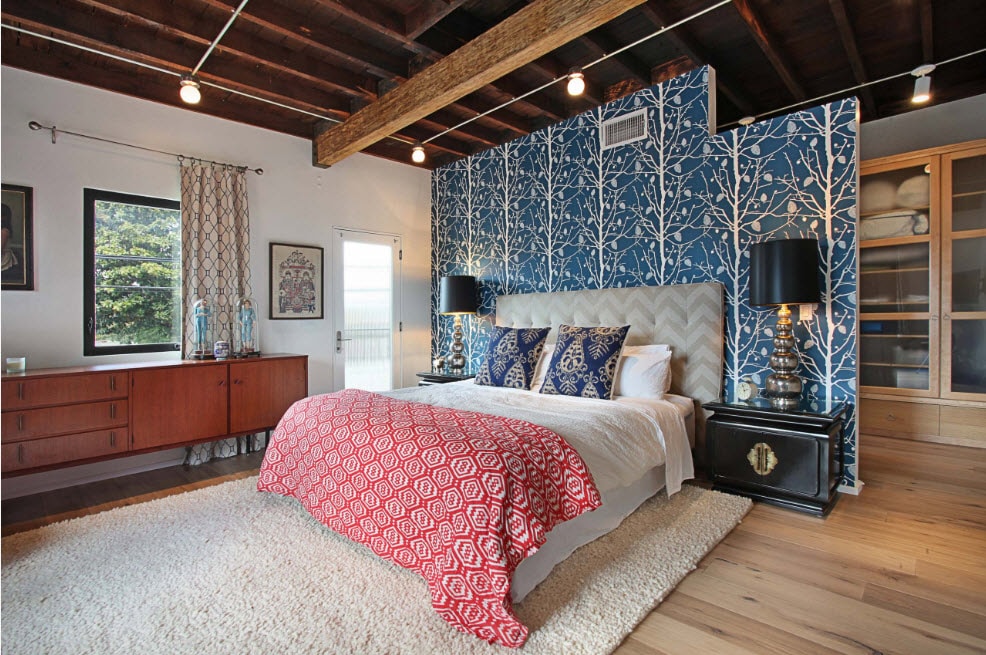
Wooden interior partitions
Wooden partitions bring uniqueness, comfort, natural warmth to the interior. Exclusivity of the interior made of some plants, twigs, branches, vines, bamboo will be provided. 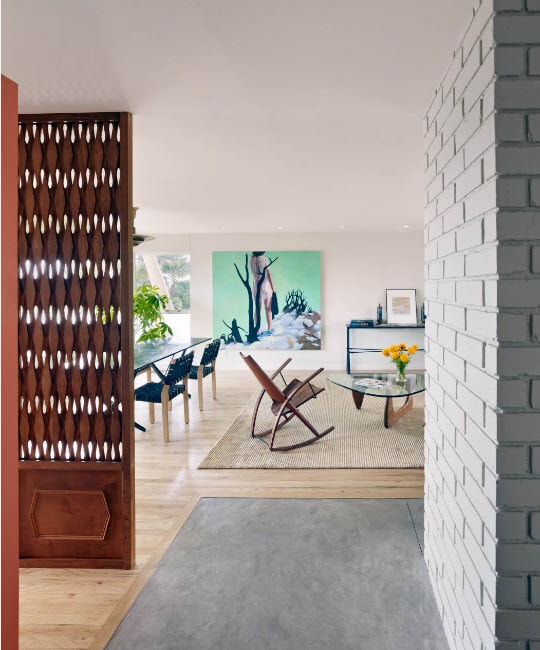
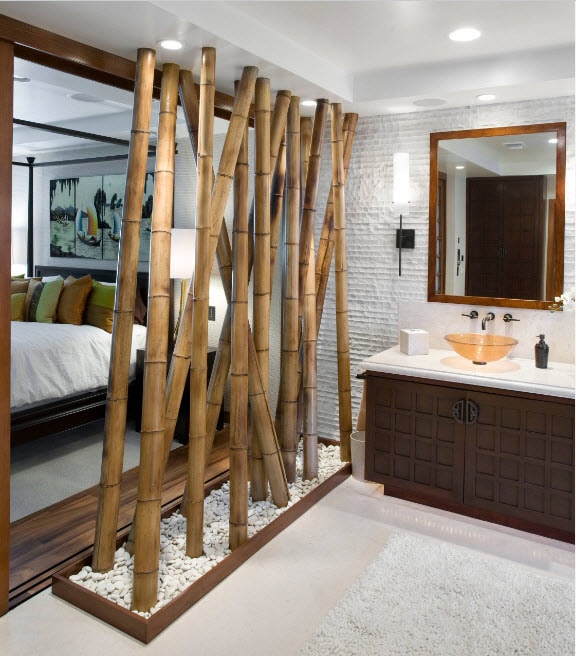
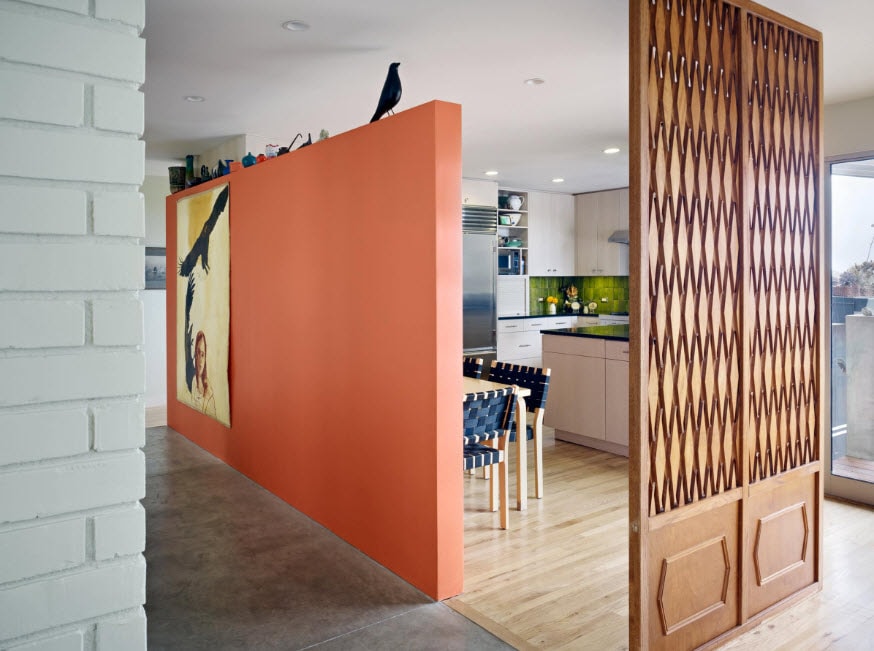

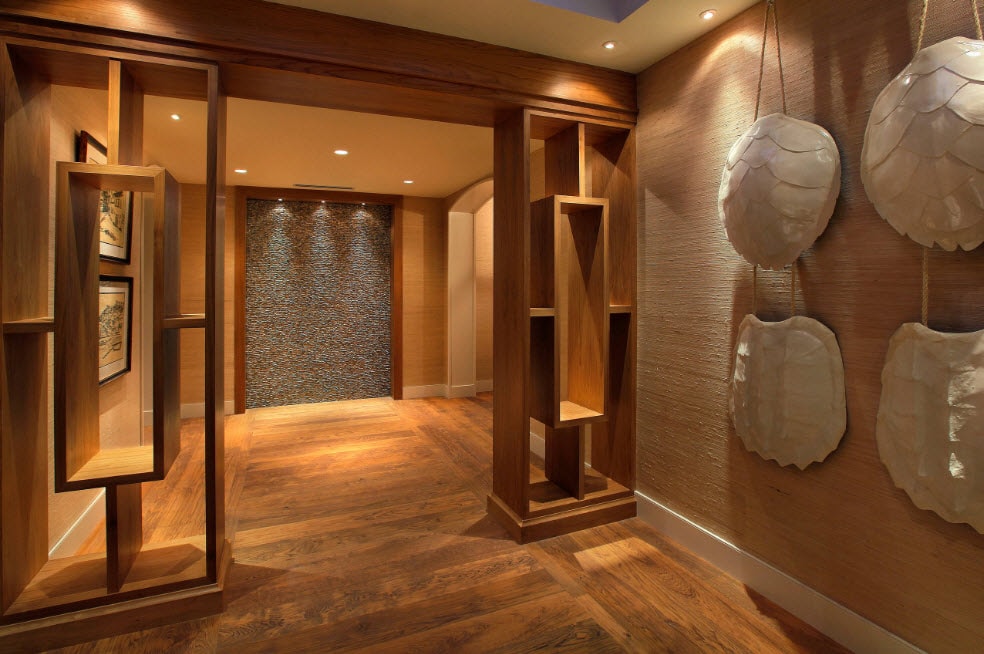
Glass interior partitions
To create a clear zoning and preserve the spread of light in all corners of the room, glass interior partitions are used. Glass is used durable - red-hot. It can be transparent or matte. Partitions of glass made using the stained-glass window technique, with photo printing, laser engraving, with a pattern can become a real highlight of the interior.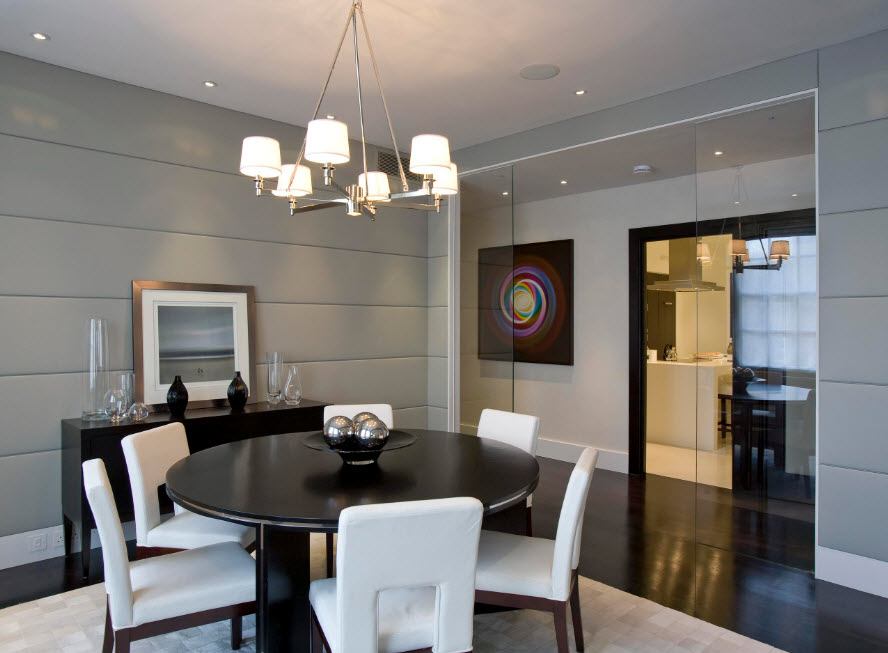


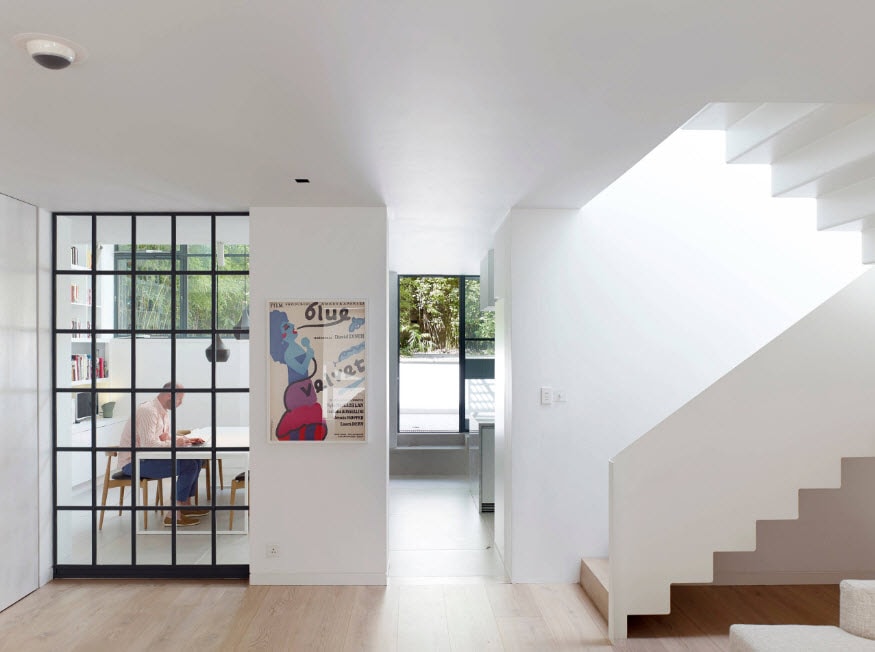
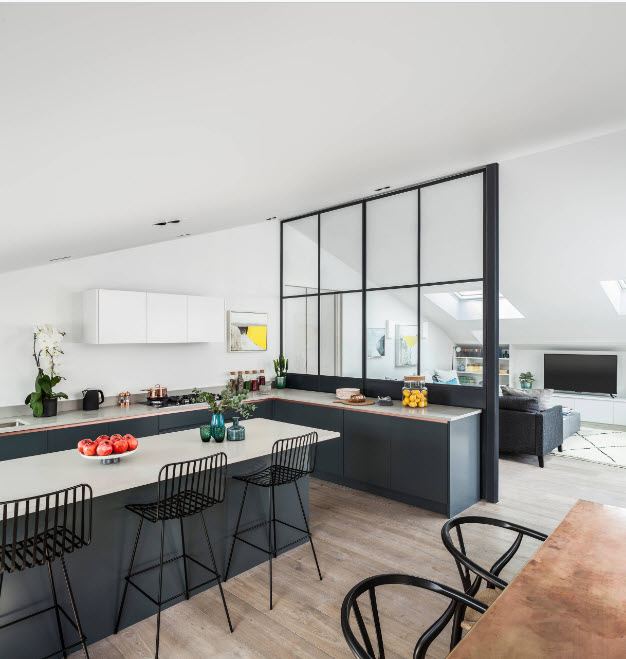
Varieties of interior partitions
Depending on the functions performed, the interior partitions are:
- partition wall;
- screen partition;
- partition-fireplace;
- rotary partitions;
- partitions of a support.
Shelving partition
This type of interior partition carries aesthetics and functionality. This beautiful element of the interior helps to increase storage systems, as well as zoning the room. This interior partition can be effectively used equally on both sides.

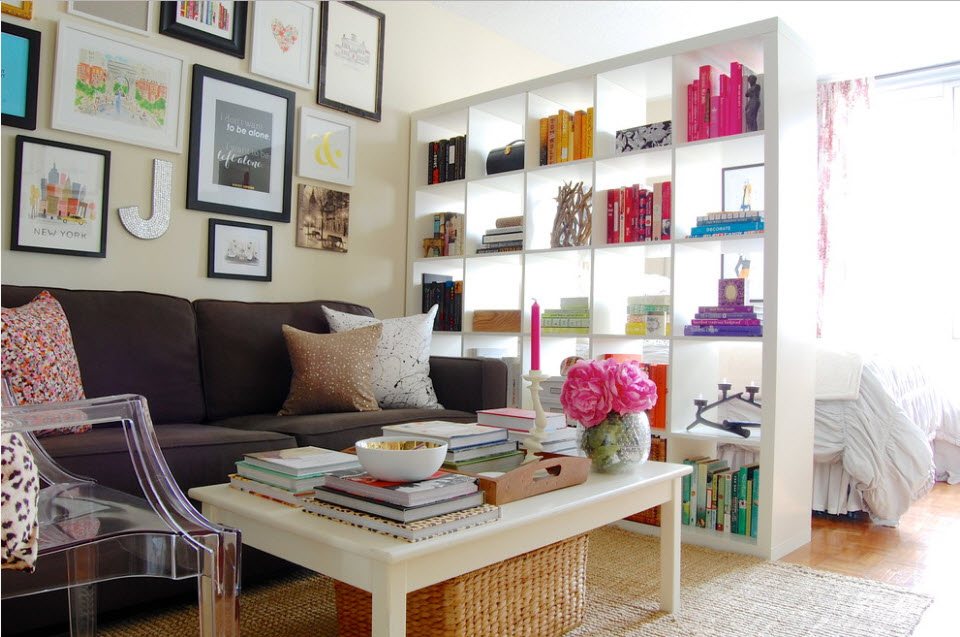

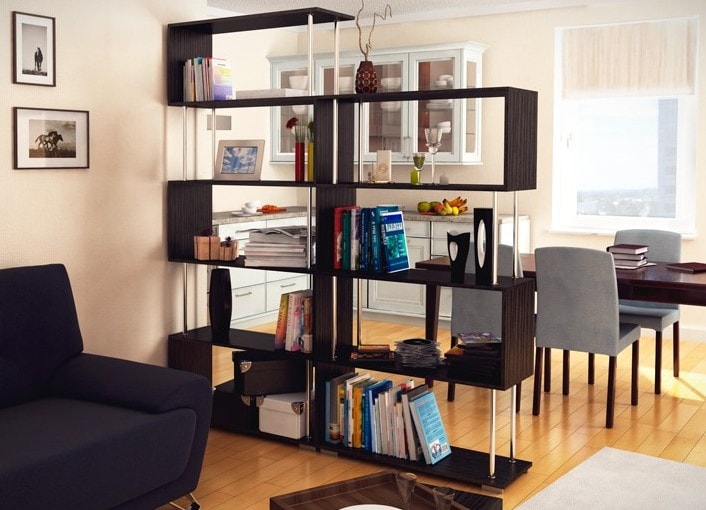
Screen partition
Surfaces - screens are attached to supports made of durable material (brick, wood, metal). They bring exclusivity to the image of the premises, reduce the cost of the entire structure, and also reduce its overall weight. 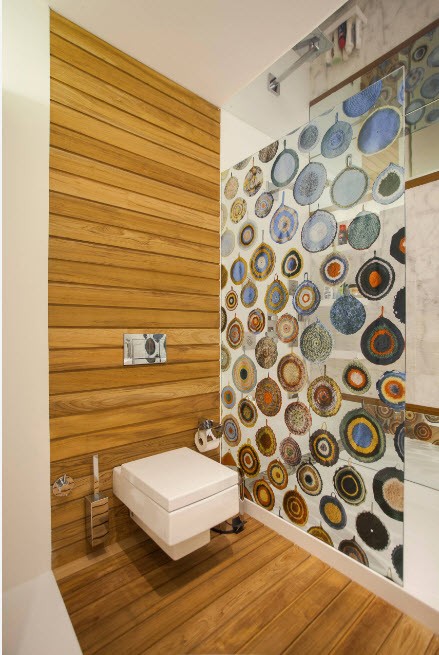
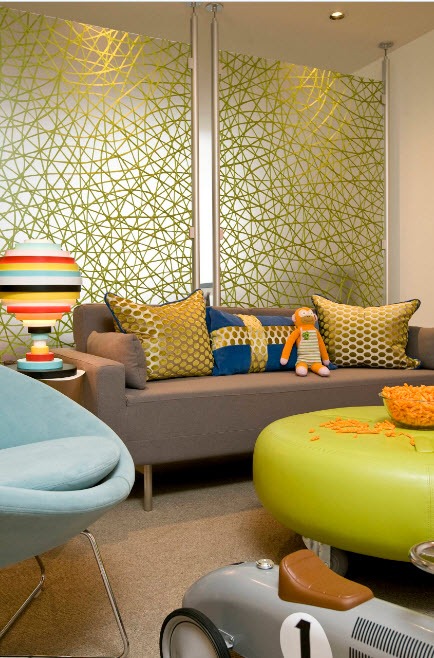
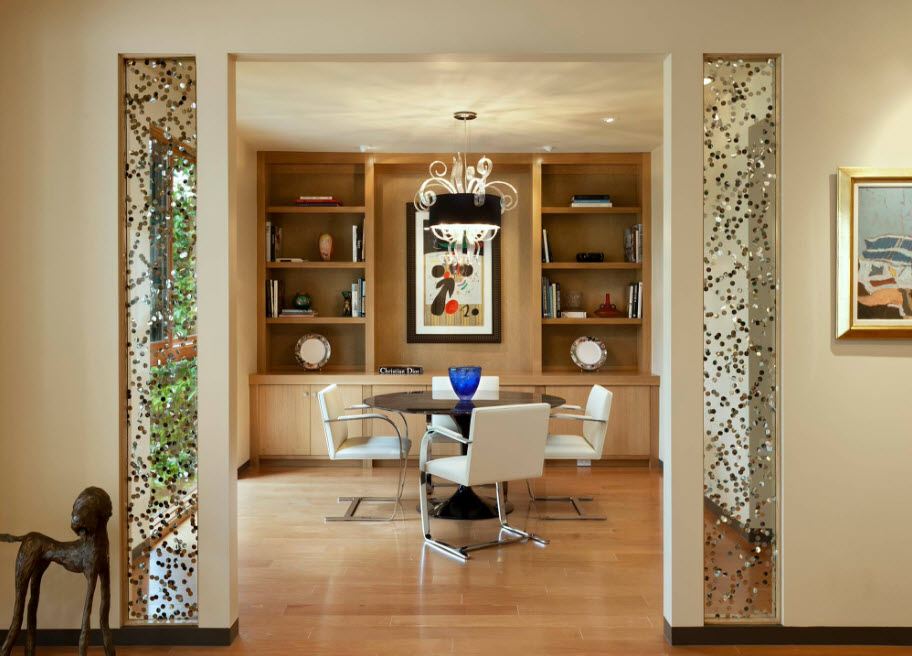
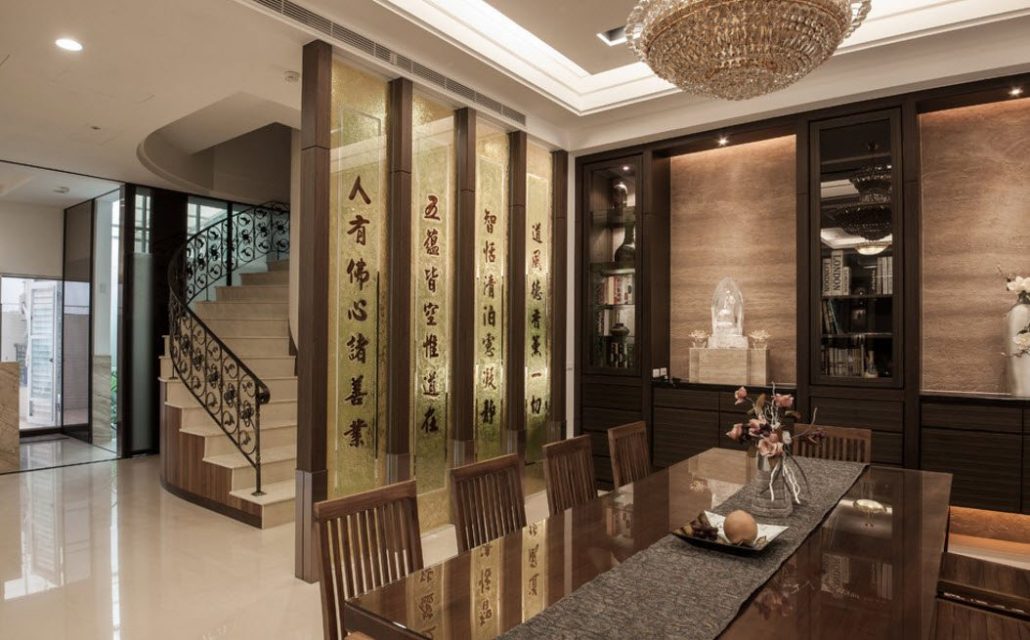
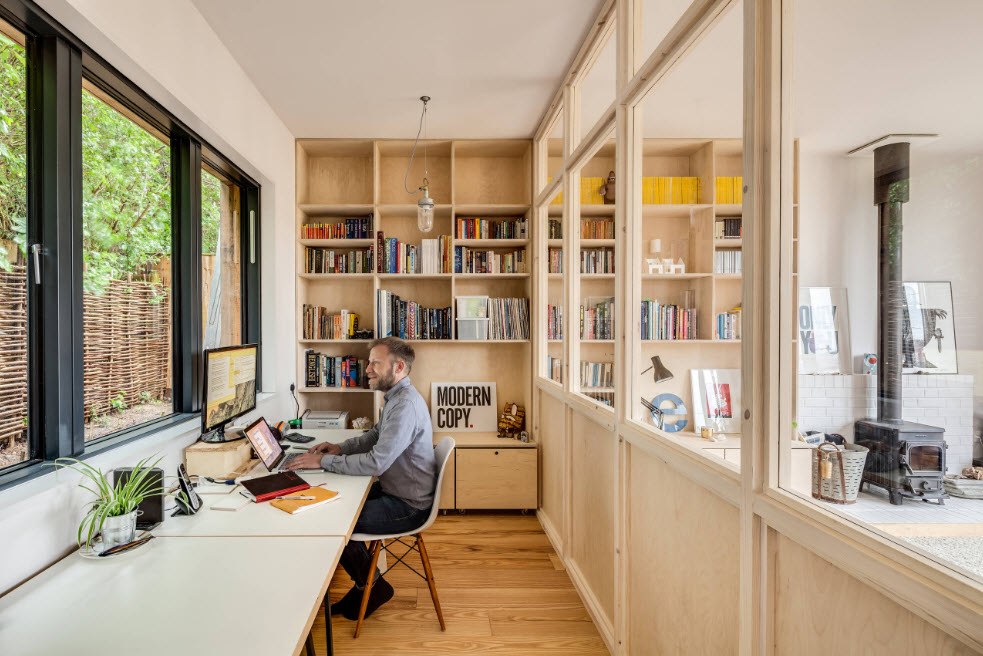
Interior partition-fireplace
A modern and popular device - a fireplace can be used as an interior partition. This design requires a lot of time and financial costs. But after building from various zones of the building, one can observe the mysterious flame in the hearth.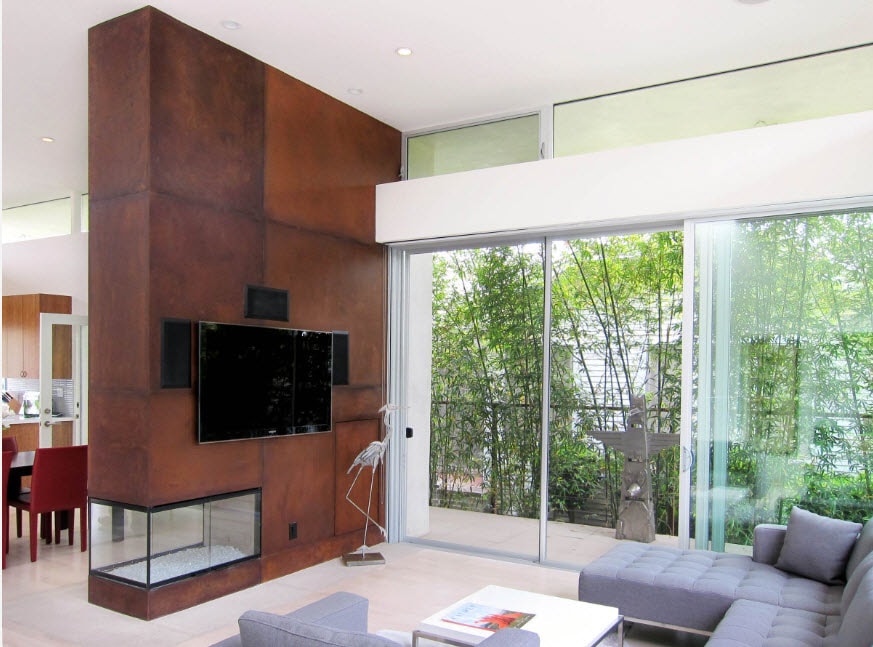
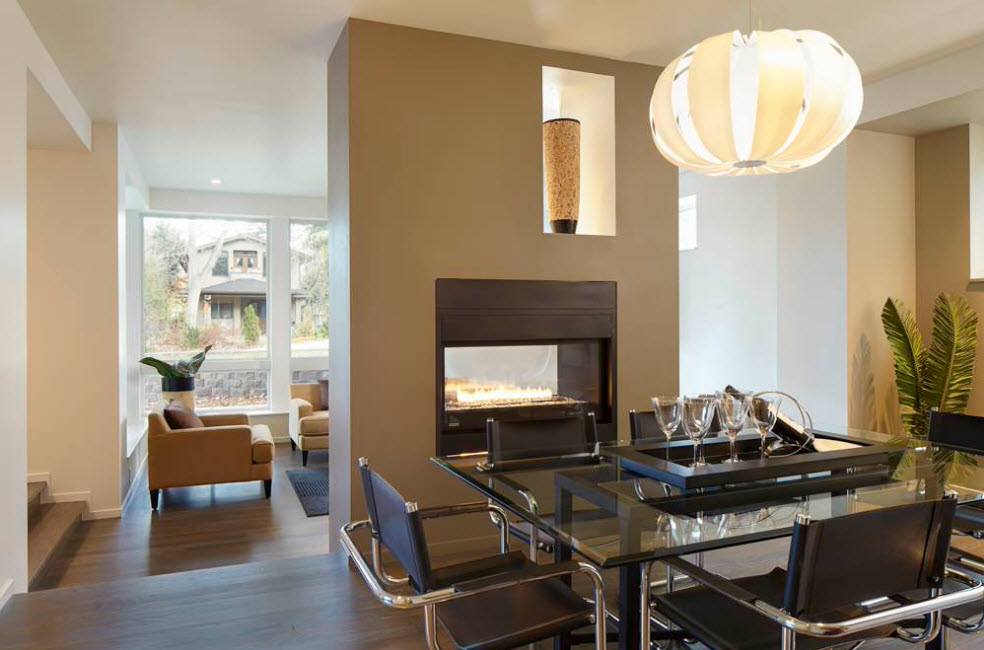
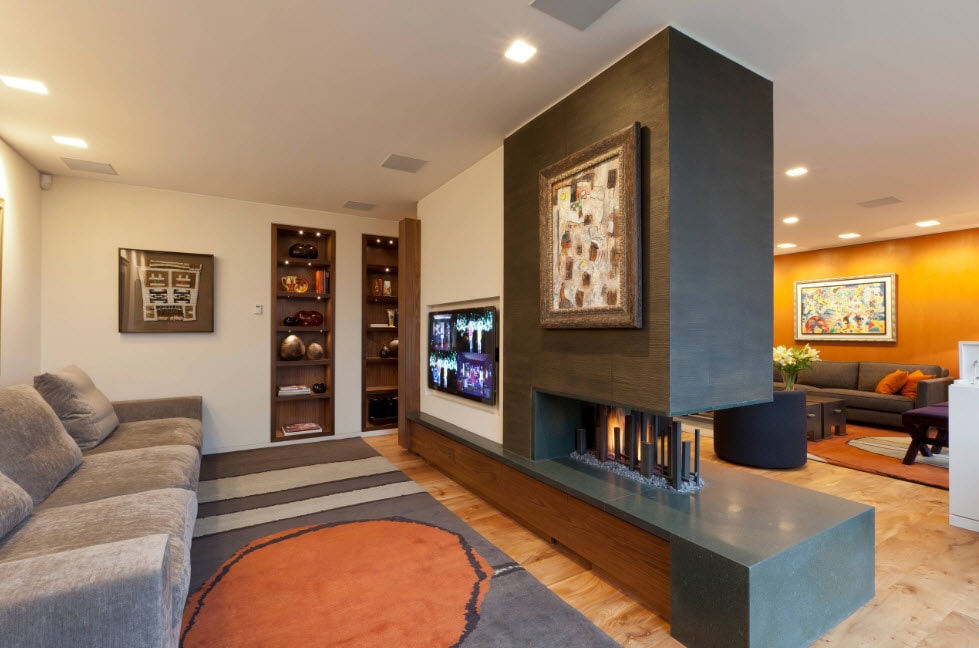

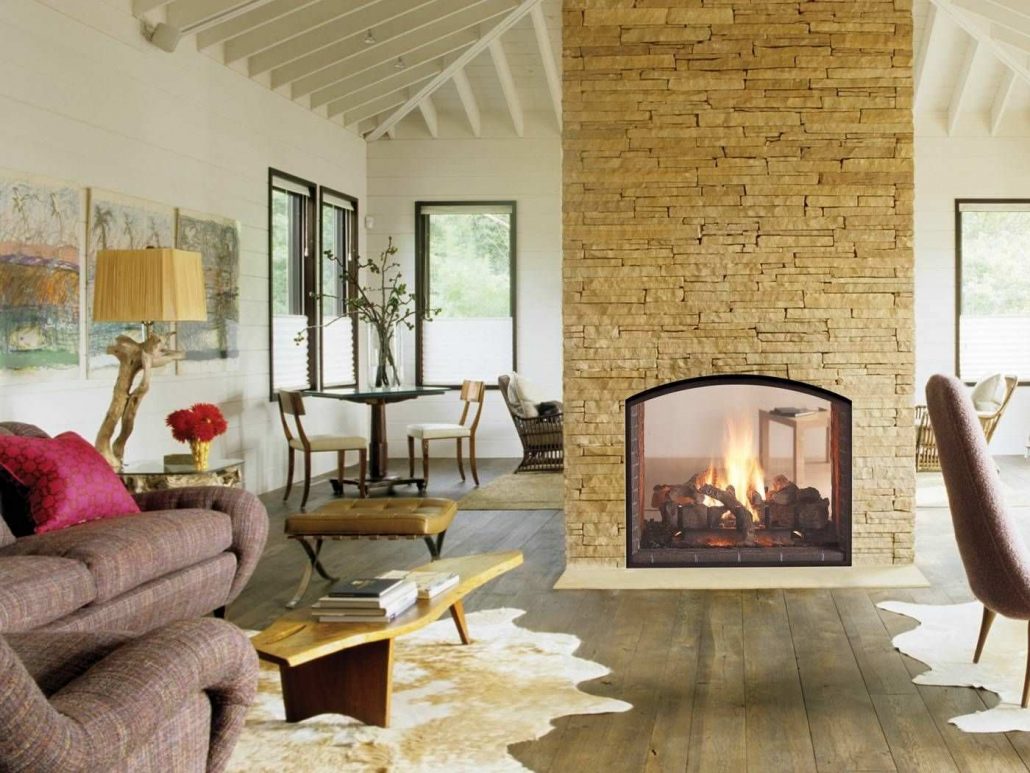
Swivel and sliding partitions
This is a very functional device and very original. This interior partition looks like horizontal blinds. The level of openness of any part of the room can be adjusted by the angle of rotation of the partitions.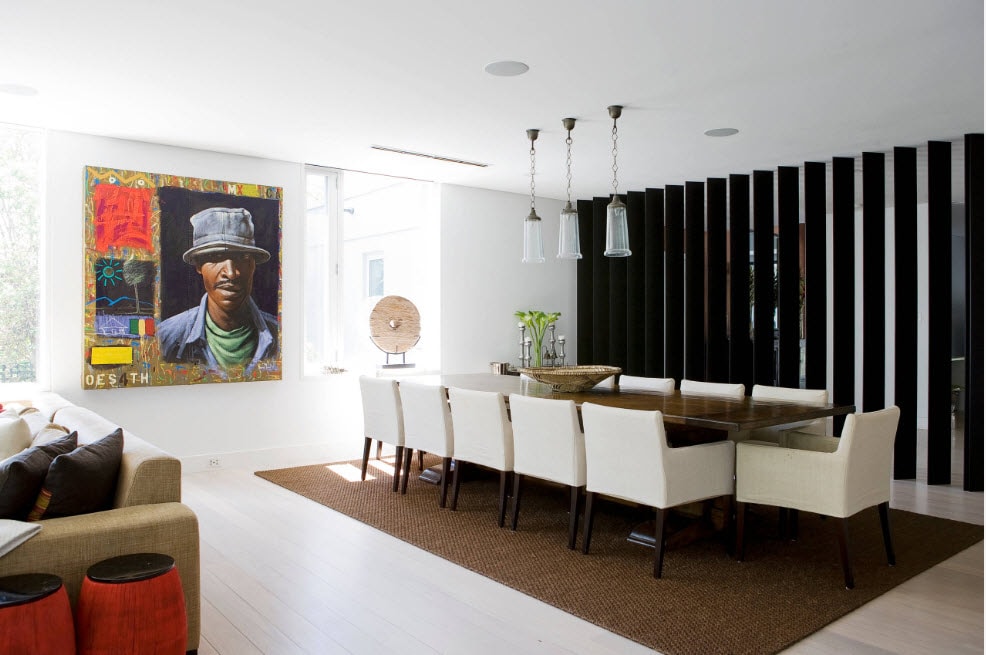

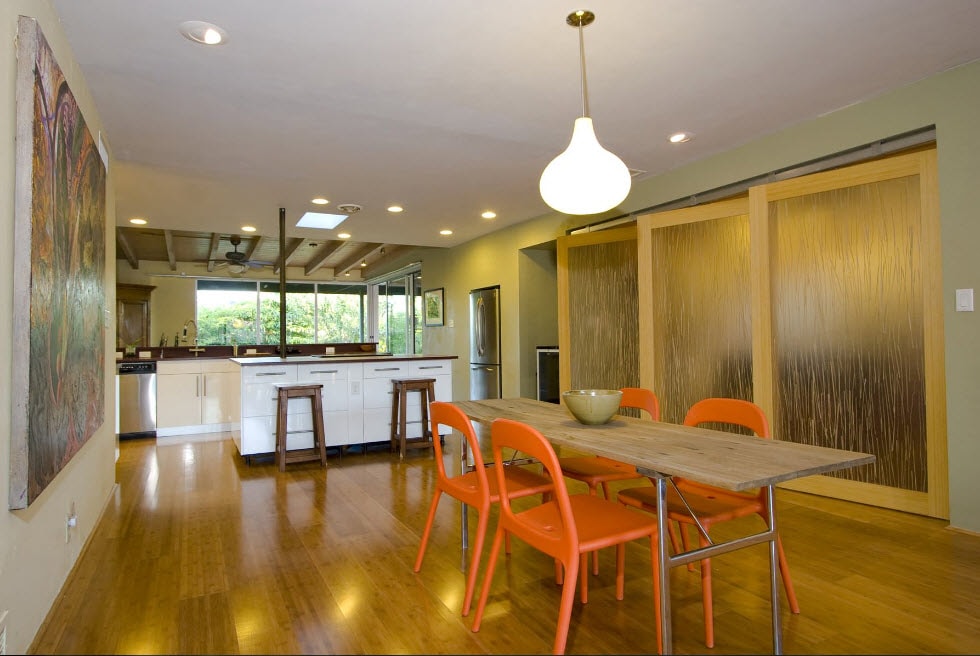
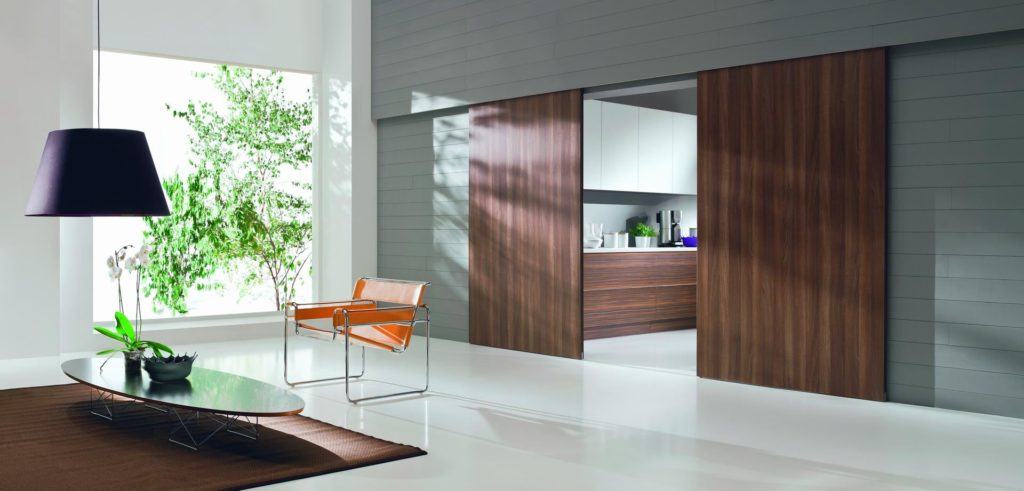
Supports
Such partitions are mainly made of metal or wood. In addition to the zoning function of the room, they are load-bearing structures of the parts of the stairs, support steps.
They can serve as a support for storage systems, a support for countertops and consoles. It all depends on the purpose of the room.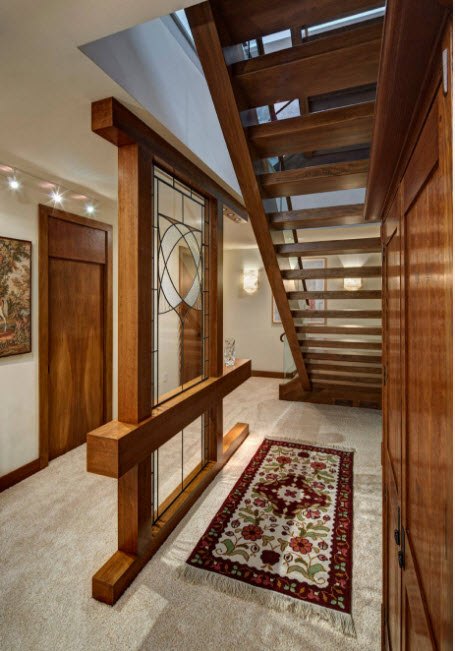
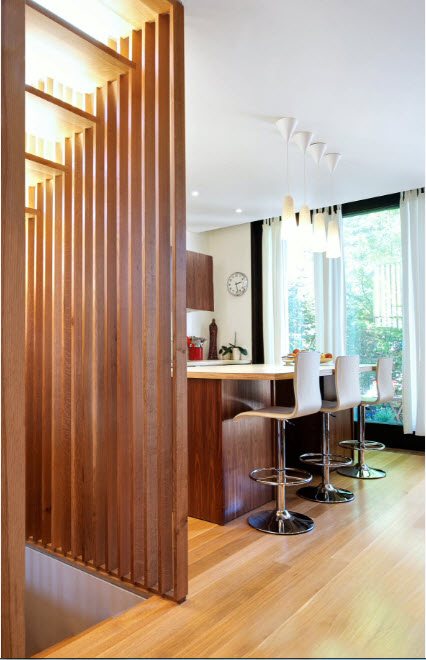
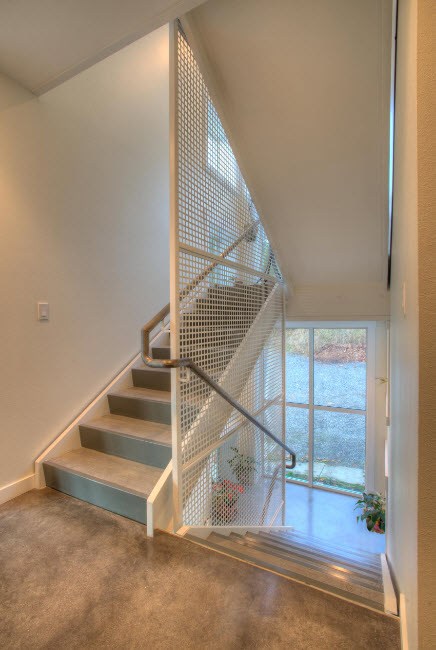

Interior partitions in the photo 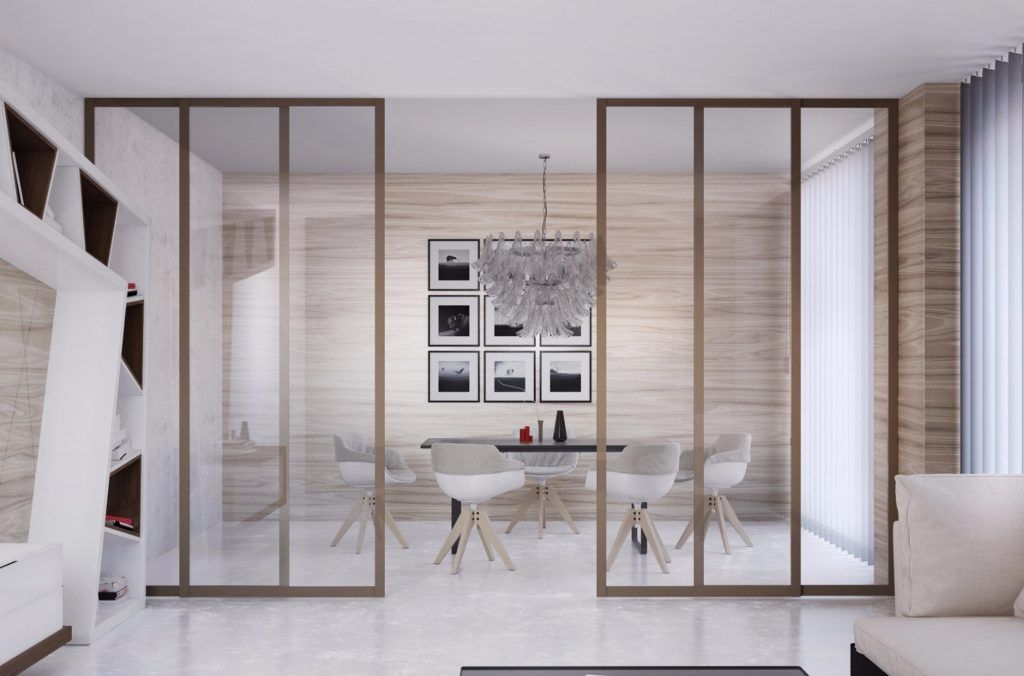

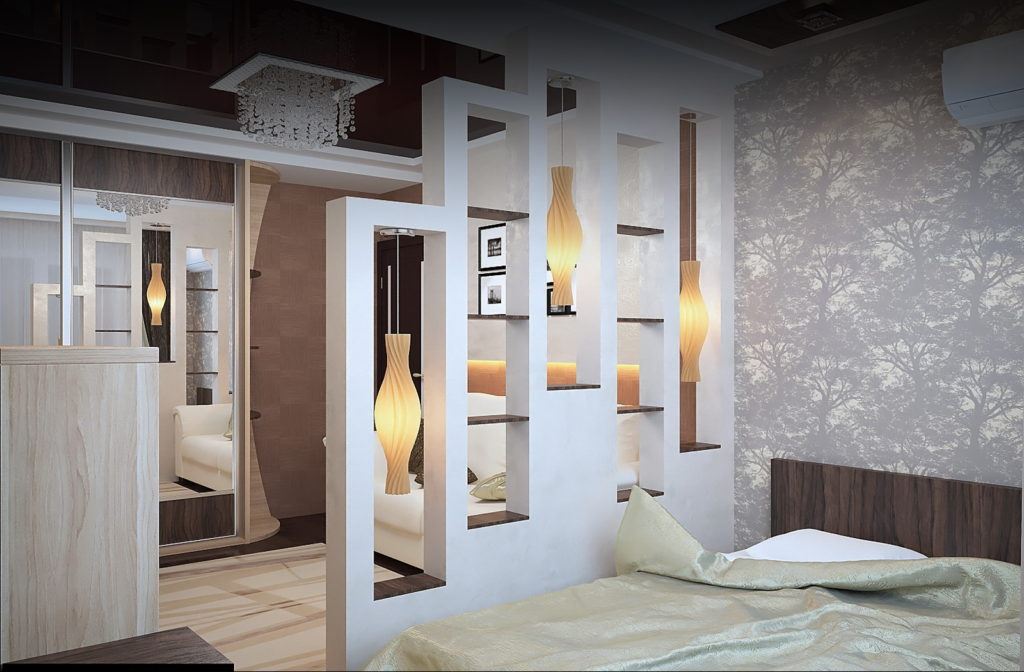
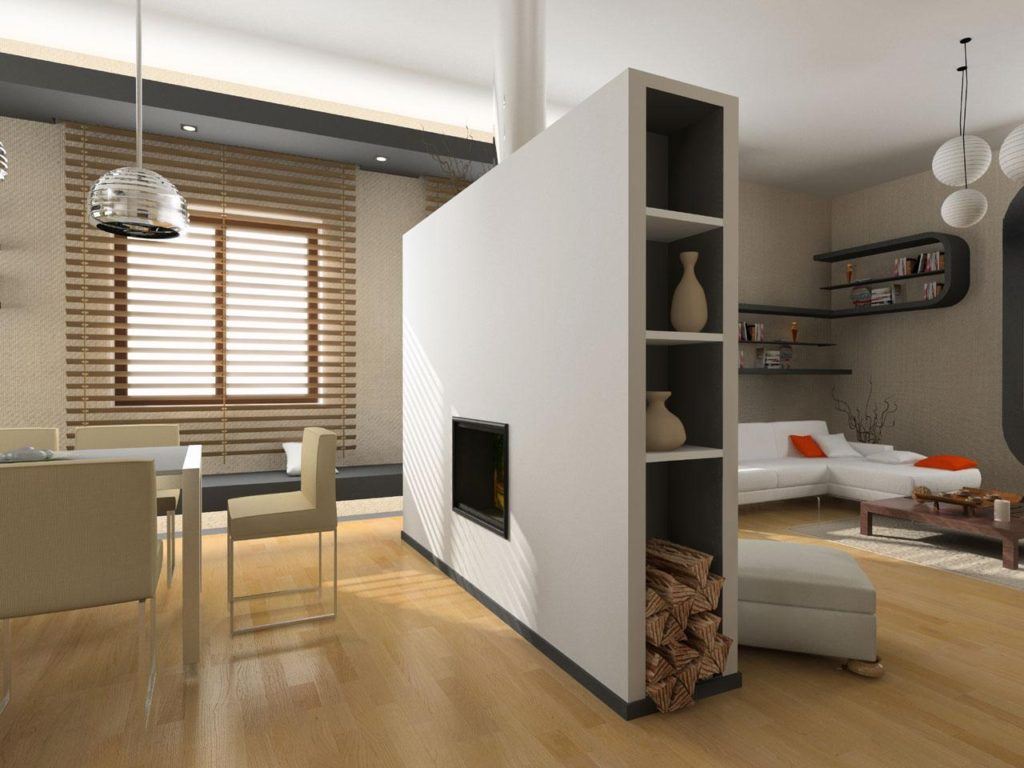

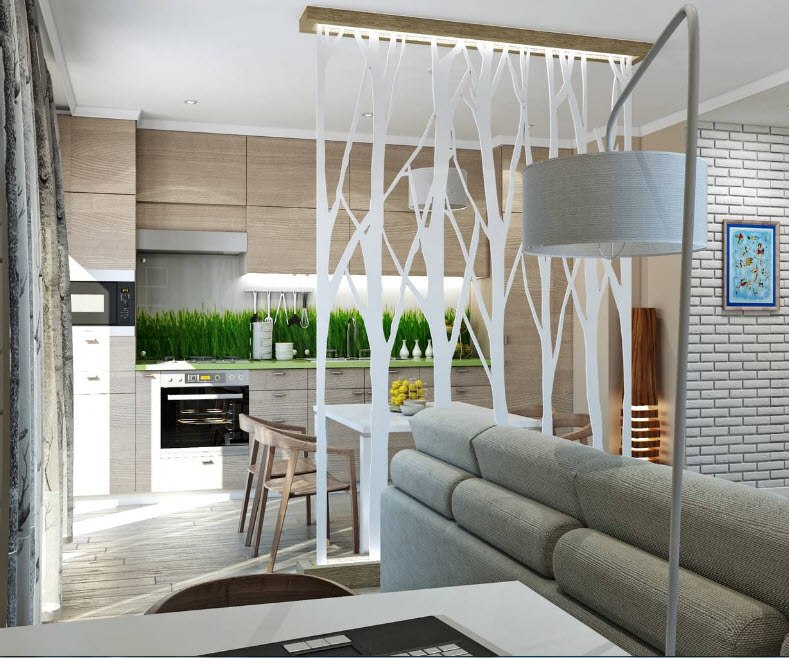
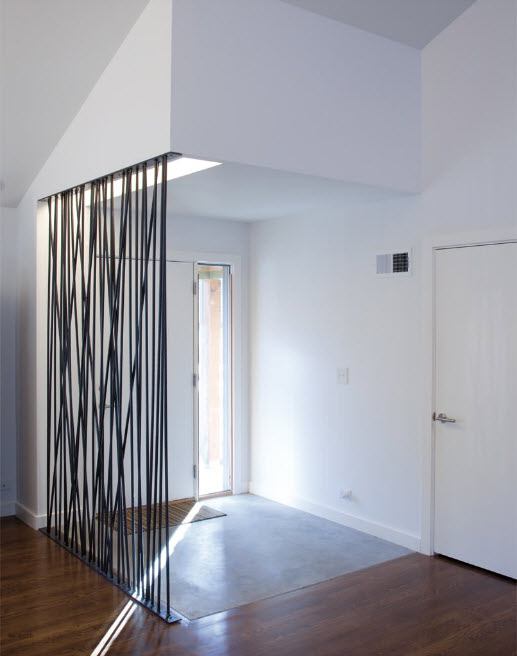
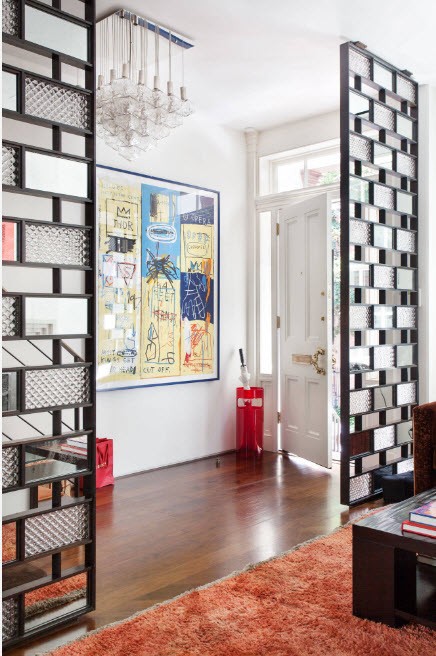



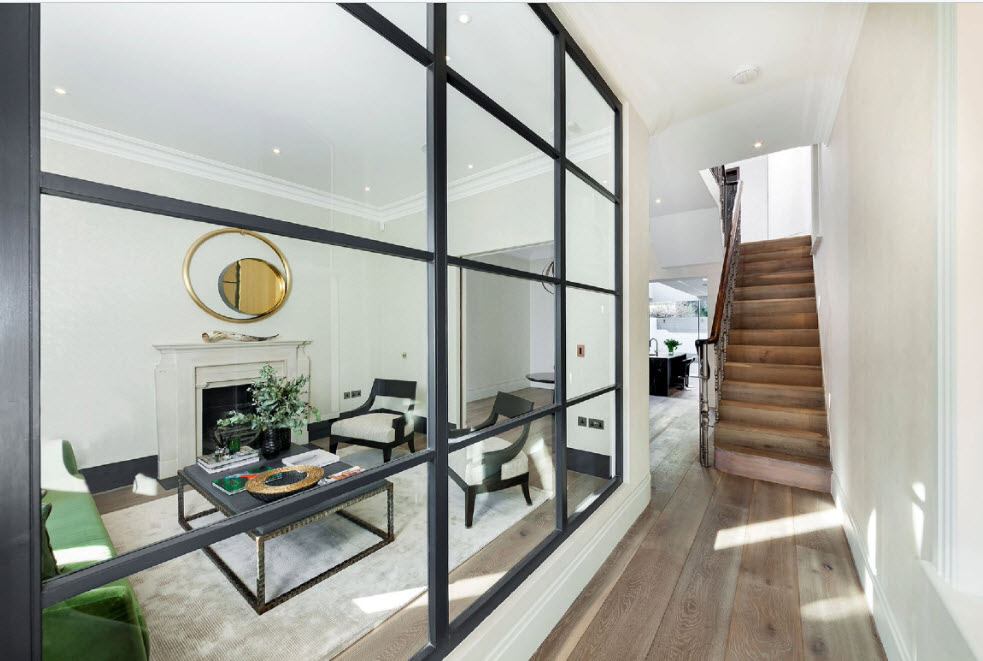

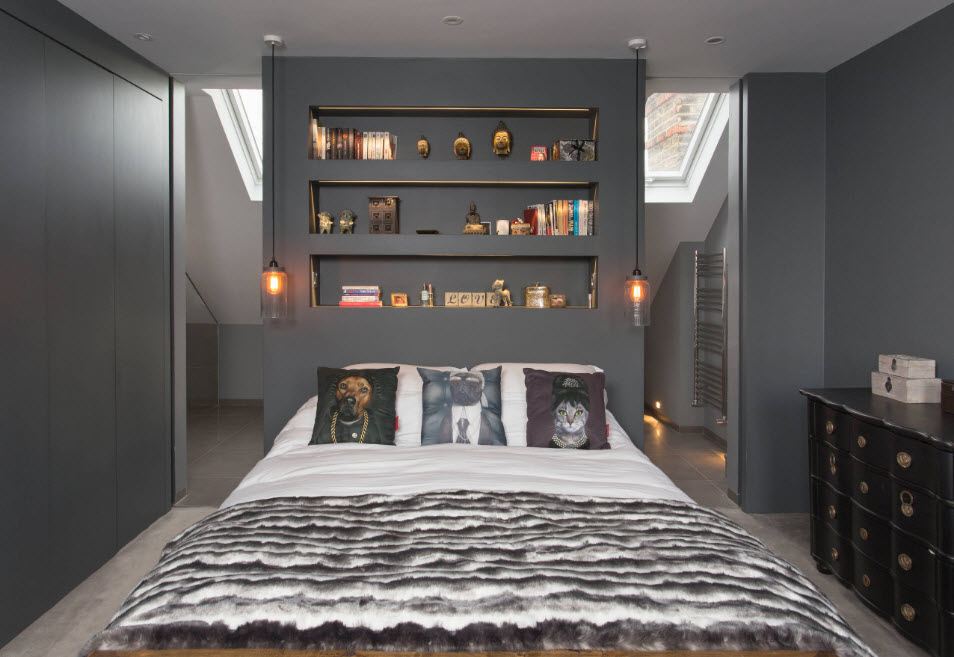
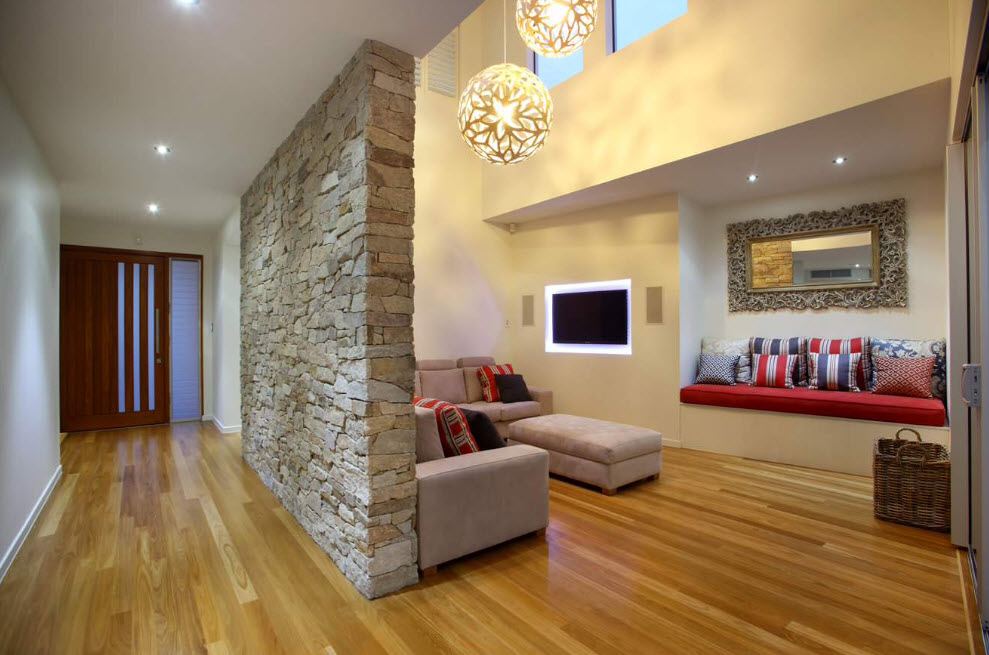
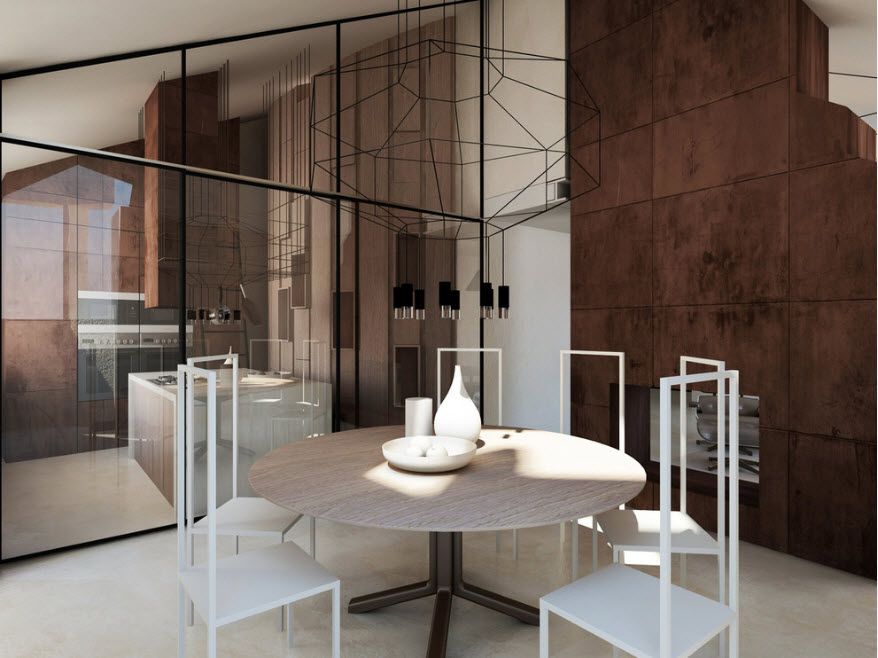
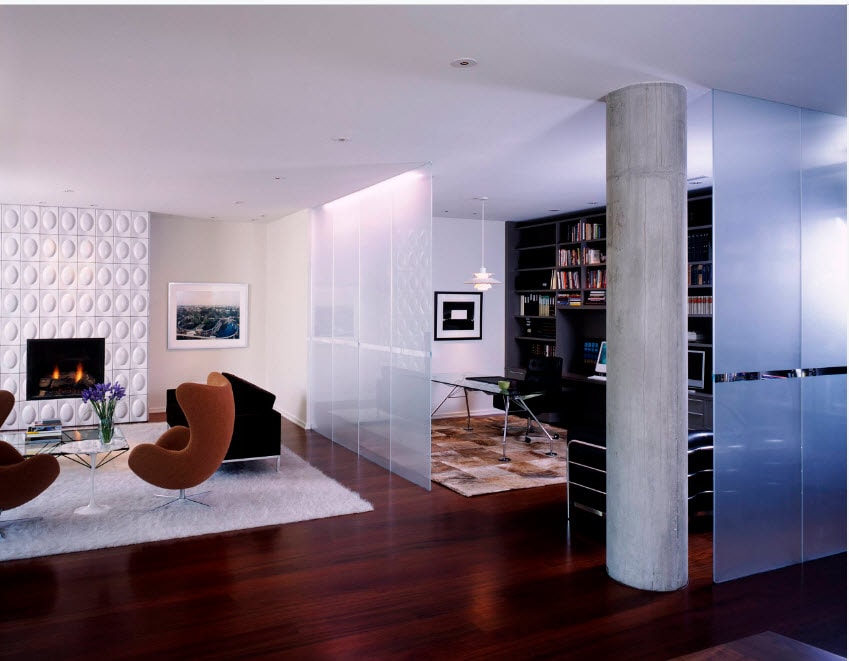
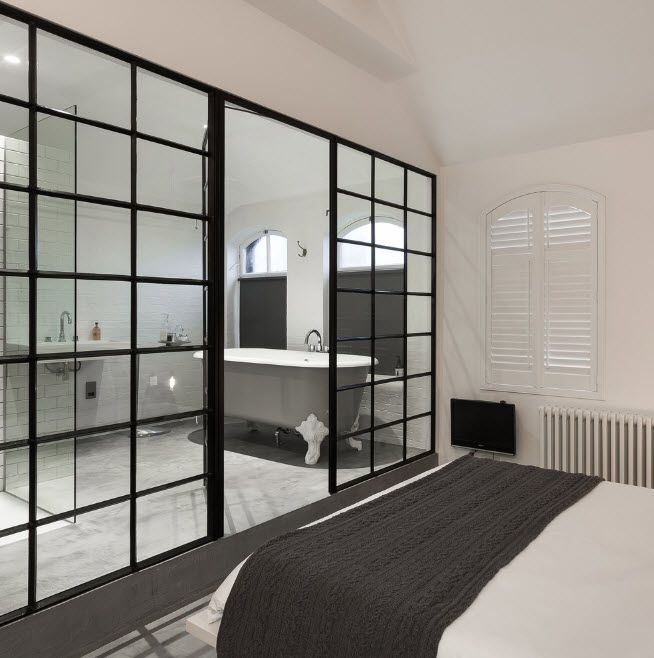
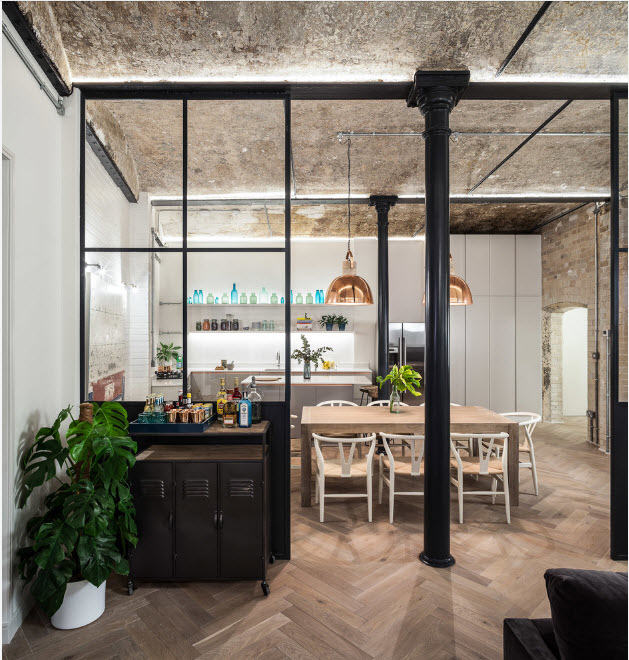
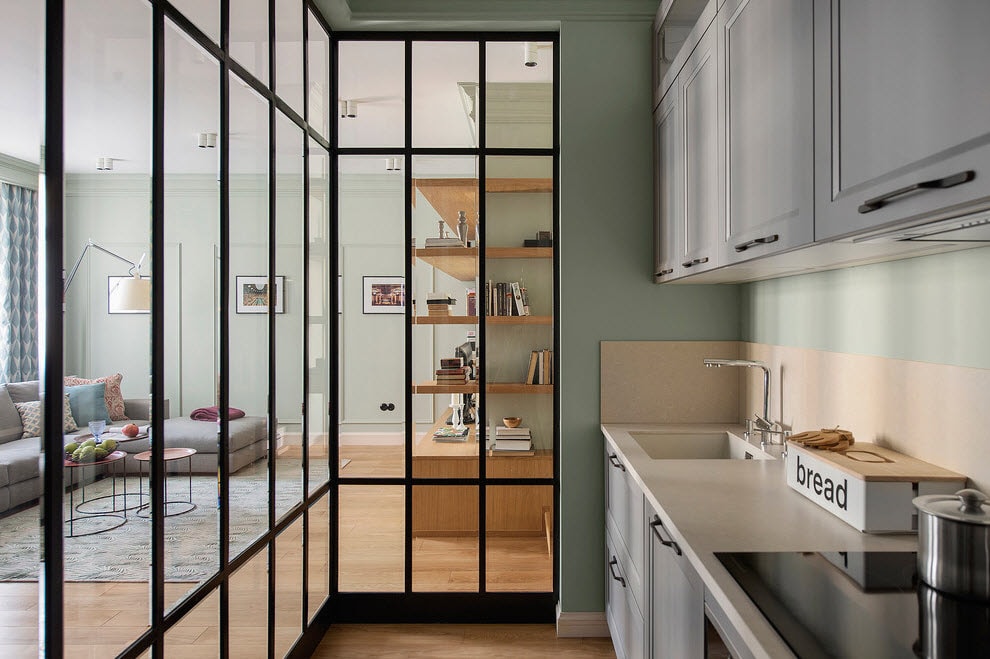
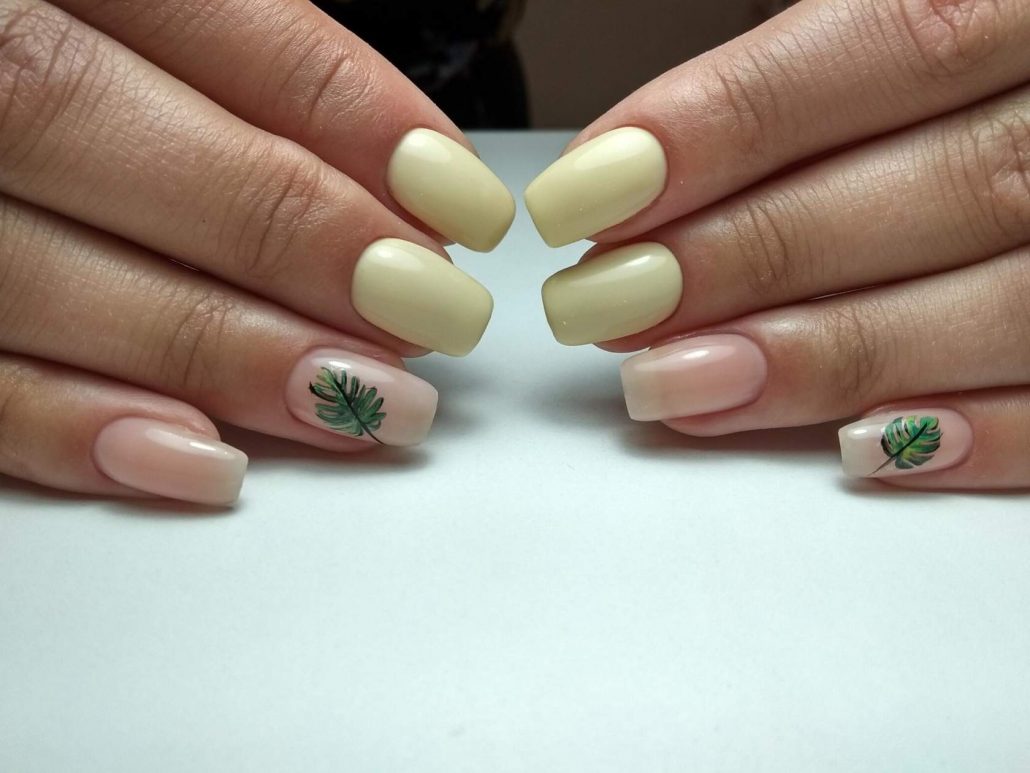
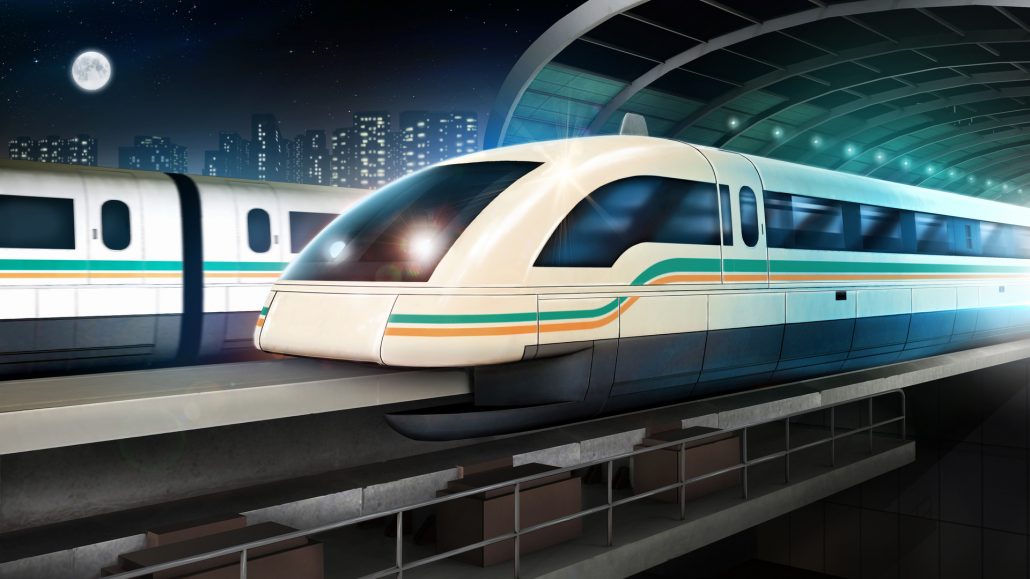
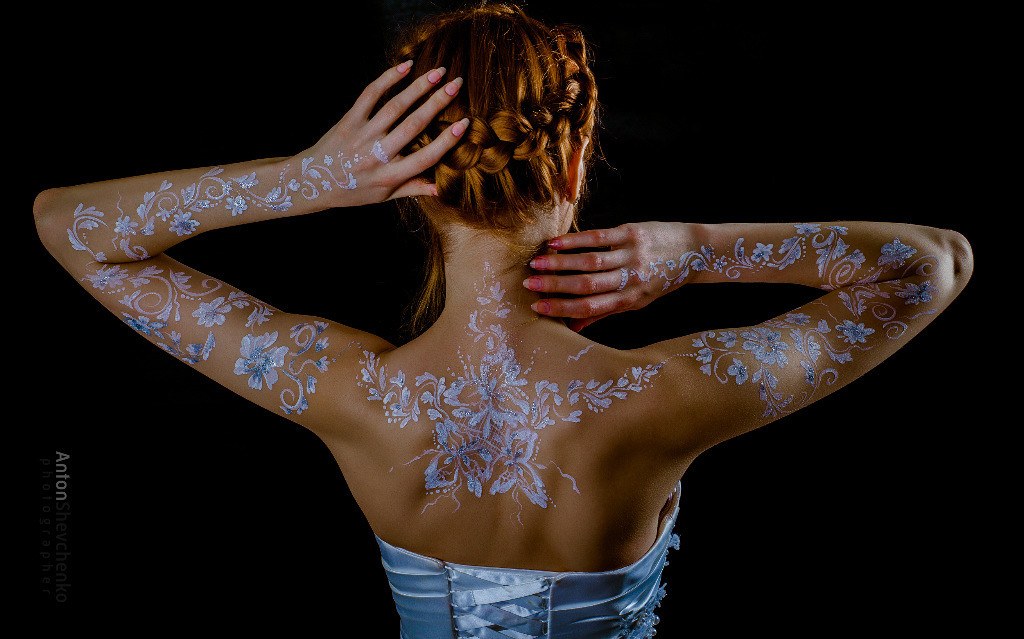


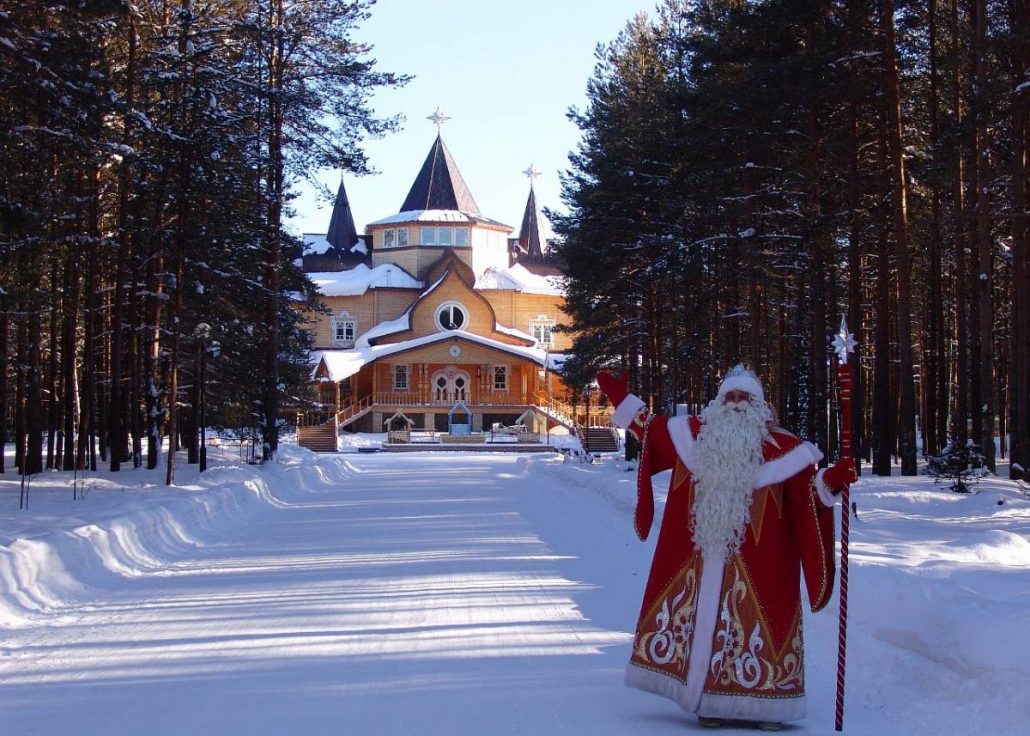

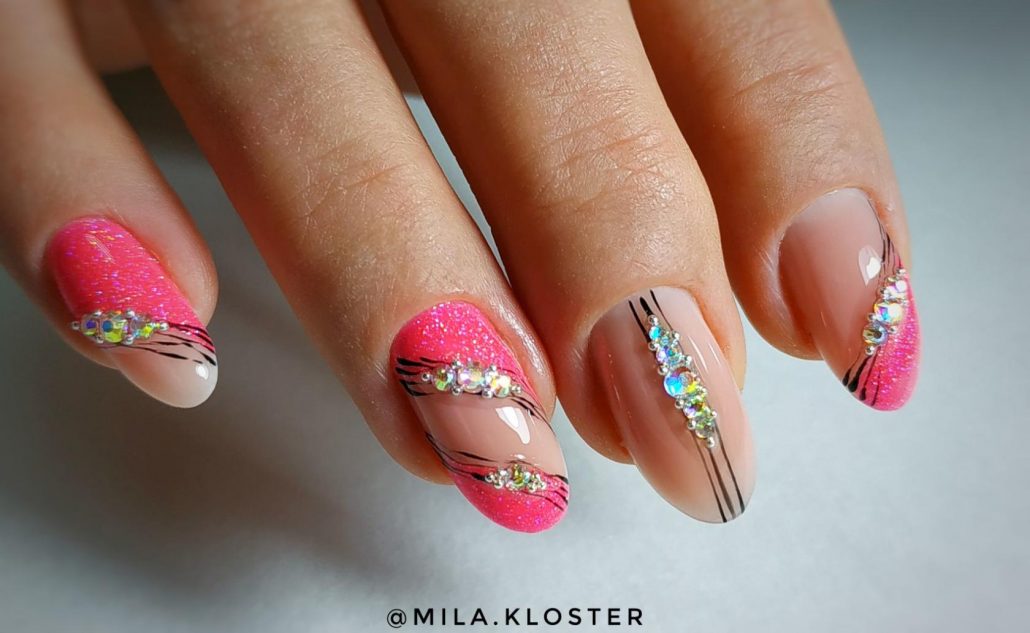



To answer
Want to join the discussion?Feel free to contribute!